Just east of the town of Trento, Italy, lays the small village of Civezzano. Within this small valley between high mountains is Federico Simoni’s Pinot Nero and Sauvignon Blanc vineyard, Maso Cantanghel. The small 2 ha Clos (a vineyard contained within a wall) is Federico’s answer to Burgundy. ‘Maso’ is smaller that the Italian ‘fattoria’, a very small farm under 10 ha. ‘Cantanghel’ is a very old name, ‘anghel’ in their dialect means corner, as the vineyard shapes a corner on top of the hill.
Federico and his father Lorenzo purchased Maso Cantanghel in 2006, though the vineyard has been producing since 1984. Federico felt this was the perfect site to produce elegant Pinot Nero for many reasons – elevation, soil, and climate. Strong winds from the southern Lake Garda flow up the valley allowing Federico to farm organically easily. His Pinot grapes have very fine skins and the constant wind helps keep moisture away, thus reducing the threat of botrytis and disease. 2008 was their first organic vintage. Federico does not use fertilizers or herbicides, only sulfur and copper when necessary.
The most distinguishing feature while standing in the vineyard is the dominant Dolomite Mountains. As massive glaciers pushed through the mountains creating the valleys we stand on, they exposed white dolomite stone with some volcanic origin. Federico insists this is very important, as the pH of the soil is higher than 7, thus the pH of his wine is lower creating a more acidic and mineral flavor profile. A higher pH soil allows the vine to absorb higher levels of micronutrients, especially potassium. High quality sparkling wine production in Trento is situated on this soil, as top brands Ferrari and Rotari are only a few hills away.
Federico’s Pinot vines average 20 years old, though they appear younger. This is due again to the soil, as the mother rock is only 1 meter below the surface. The vines cannot dig down deep thus stunting their root system and growth. The vineyards are setup for irrigation for the same reason – the vines cannot dig deep enough to access underground water. Federico has started to implement spur reduction at flowering, keeping only the best 7-8 spurs on the cane and removing the rest. All of the vineyard work is completed manually.
Orientation of the vines is very important to Federico as well; Pinot Nero is planted north to south, and Sauvignon Blanc is planted east to west. For Pinot Nero it is important to have the sun in the morning and afternoon. Federico uses the east to west orientation of Sauvignon Blanc to increase complexity in his finished wine. Since the sun is only hitting the vines on one side, he removes the leaves on the southern side increasing the ripeness of the berries. The southern side of the canopy yields berries bright yellow and ripe, while the northern side yields berries more green which impart flavors of sage, mint, and apricot pith.
At Federico’s home, lives the Pinot Grigio vineyard, Maso Papa, the family name of the old owner. Here Federico utilizes the traditional Pergola training system typically found in Trentino. With this system, the grapes are protected by the overhead canopy, which brings out mineral, sage, and mint notes – Federico’s unique signature.
Federico is now the 3rd generation grape grower and winemaker in the Simoni family. His grandfather, Giovanni Simoni, started the family business, Cantine Monfort in 1945. Lorenzo Simoni focuses on Monfort while the young Federico runs Maso Cantanghel.
At the young age of 27, Federico has already been growing and making wine for 10 years at Maso Cantanghel. To add to his young resume, he’s already spent time working at the prestigious Chateau Margaux in Bordeaux and Spy Valley in New Zealand. His winemaking style continues to evolve, as tasted through a vertical of Pinot Nero dating back to 2004.
Maso Cantanghel’s 2004 Pinot Nero was produced by the previous owner. The weather in 2003 was very hot, so production in 2004 was very high. The wine was developing with animal and wet dog notes backed up with black cherry and soft tannins. The wine was good, but it lacked the Federico elegance. 2007 is widely cited as the best vintage of the century in Trentino, and the wine supported those statements. Bright red cherry, mint, white pepper and developing barnyard aromas financed with great structure and elevated tannins. 2010, 2011, and 2012 showed the Burgundian model of vintage variation but also the further elegance of Federico’s style. 2010 and 2012 were cooler, more feminie vintages, playing to Federico’s strengths – mineral driven, dried herbs, candied red cherry, pepper, fine tannins, and great acidity. 2011 on the other hand, produced in a warmer vintage with more tight, with black cherry and higher tannins. The 2012, my absolute favorite.
Elegance is a word heard often from the young winemaker. The Pinot Nero grapes are de-stemmed and fermented in large 30,000L oak casks for 1 month. Since 2015, Federico has cared more about temperature control and now utilizes delestage, racking the juice out of the large oak casks into stainless steel to cool the juice down and then returning to oak casks. Malolactic fermentation is completed with the juice still on the skins and then the wine is aged in new and 2nd year old French barrique for 1 year.
To think at the age of 27, Federico already has 10 vintages of Maso Cantanghel behind him. It’s even more interesting in a country that has not had the relevant history of handing down winemaking to children so young. His father, Lorenzo, has given his son the keys (or sheers) to the estate and empowers him to do what he feels is right. A sign of not only a good father, but a good boss. I cannot wait to see what young Federico has in store for the next 10 years…. hell, for the next 50!
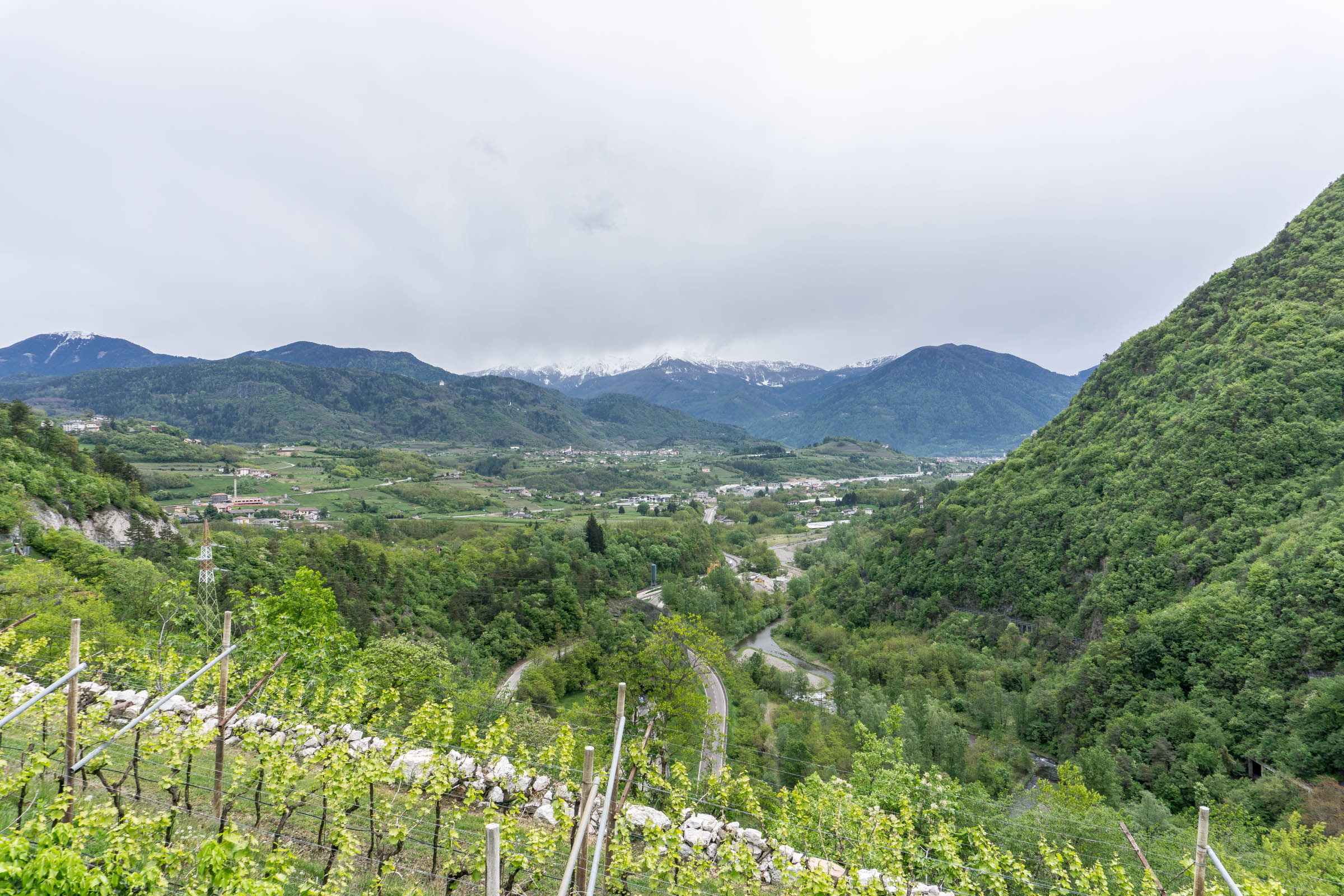

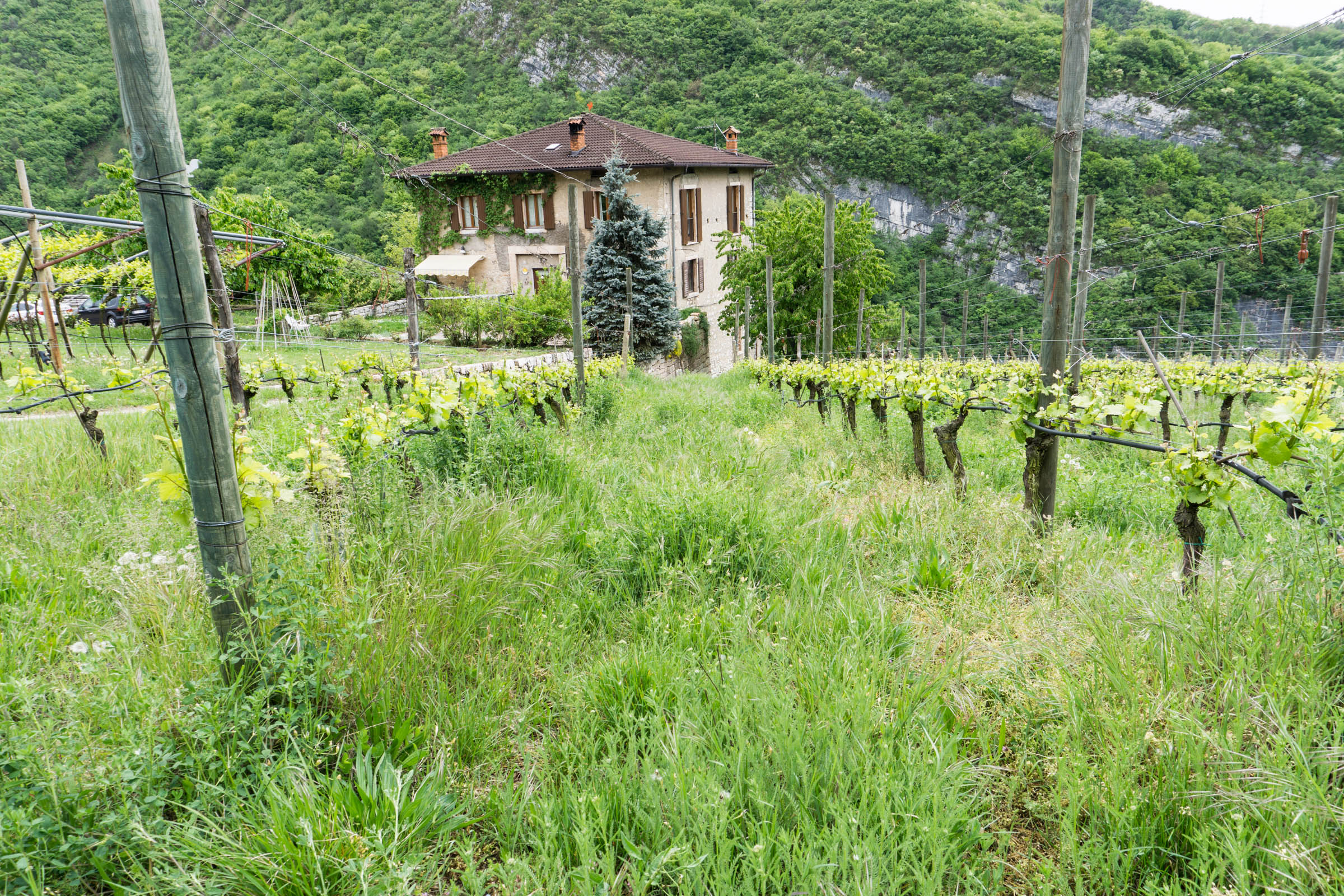
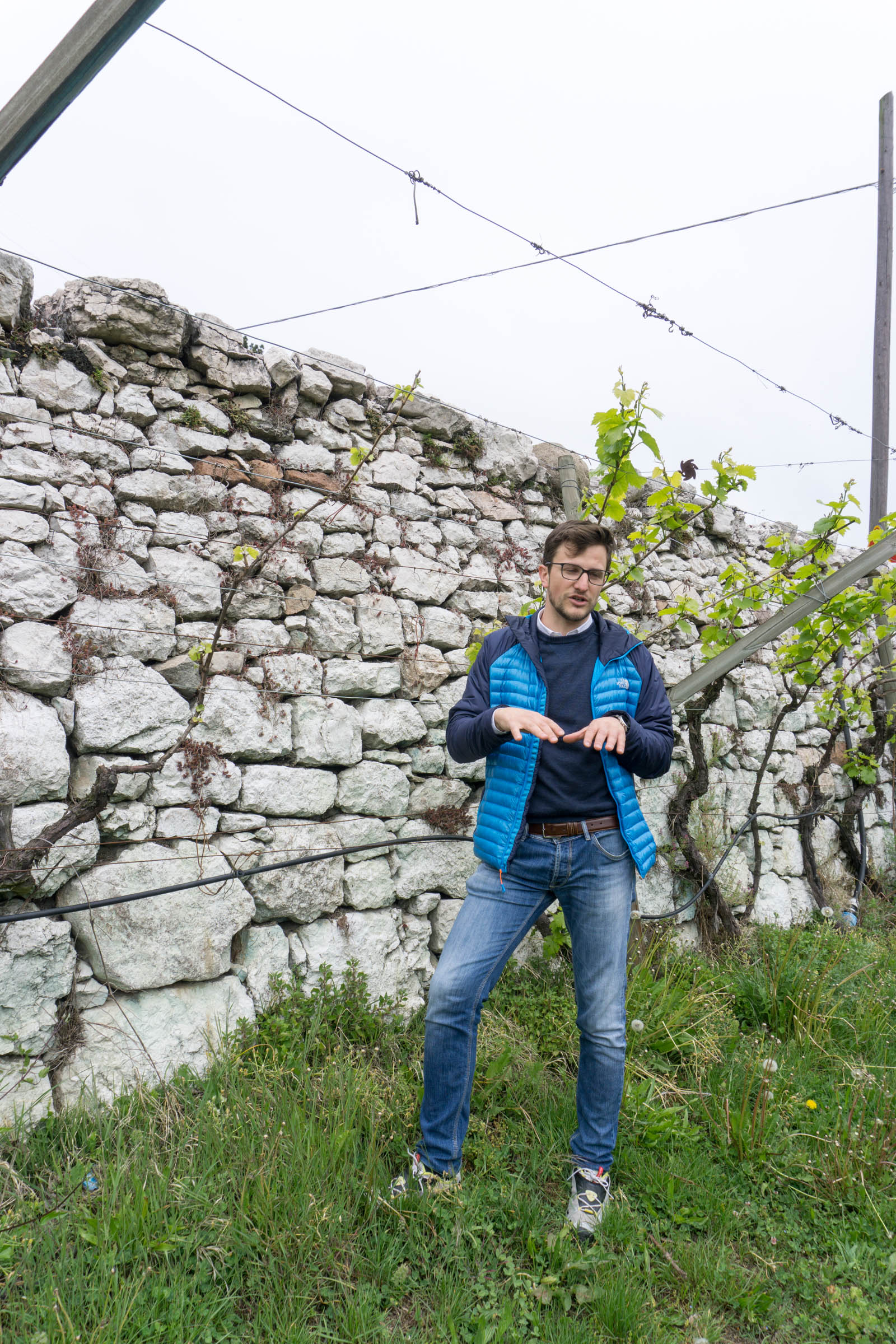
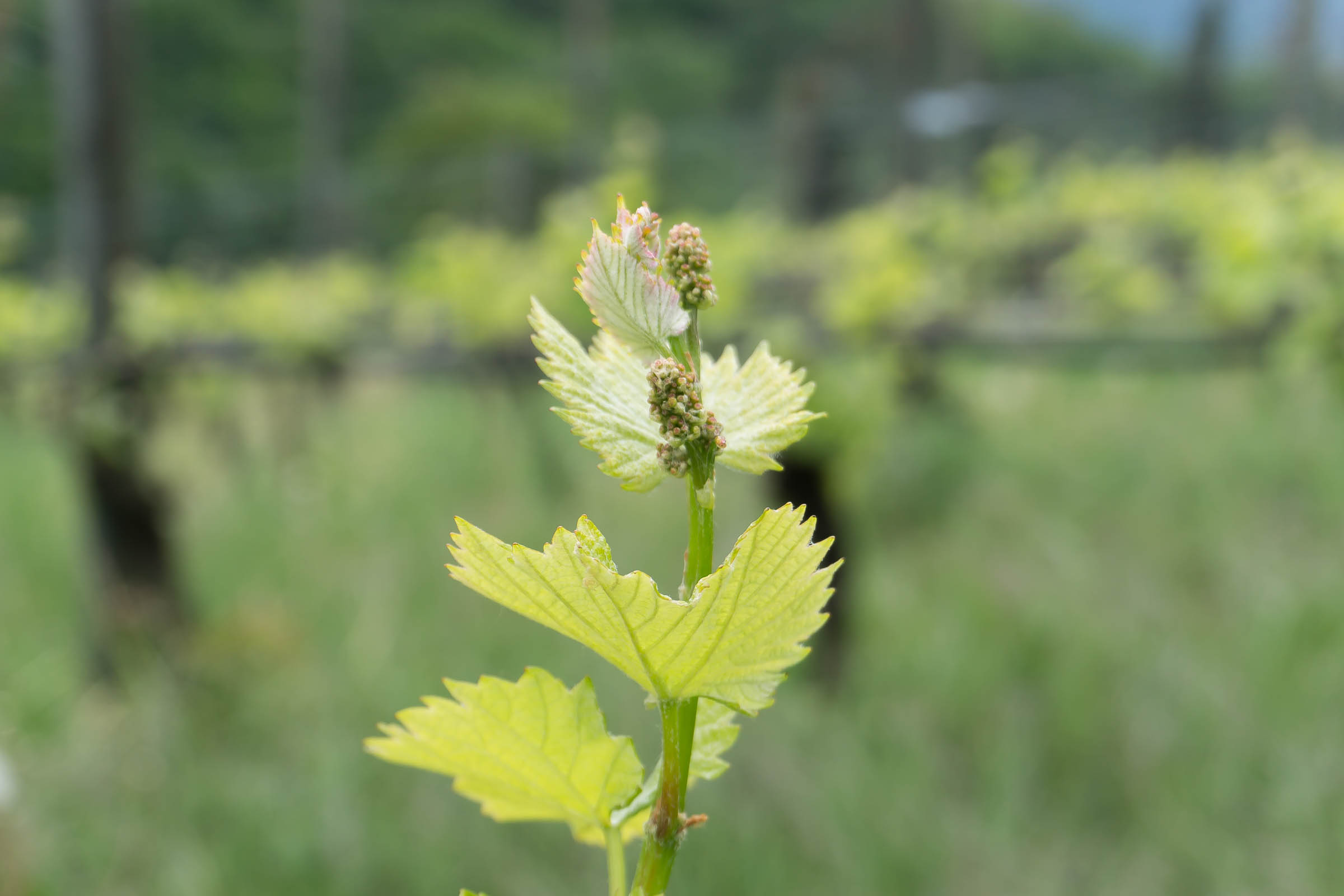

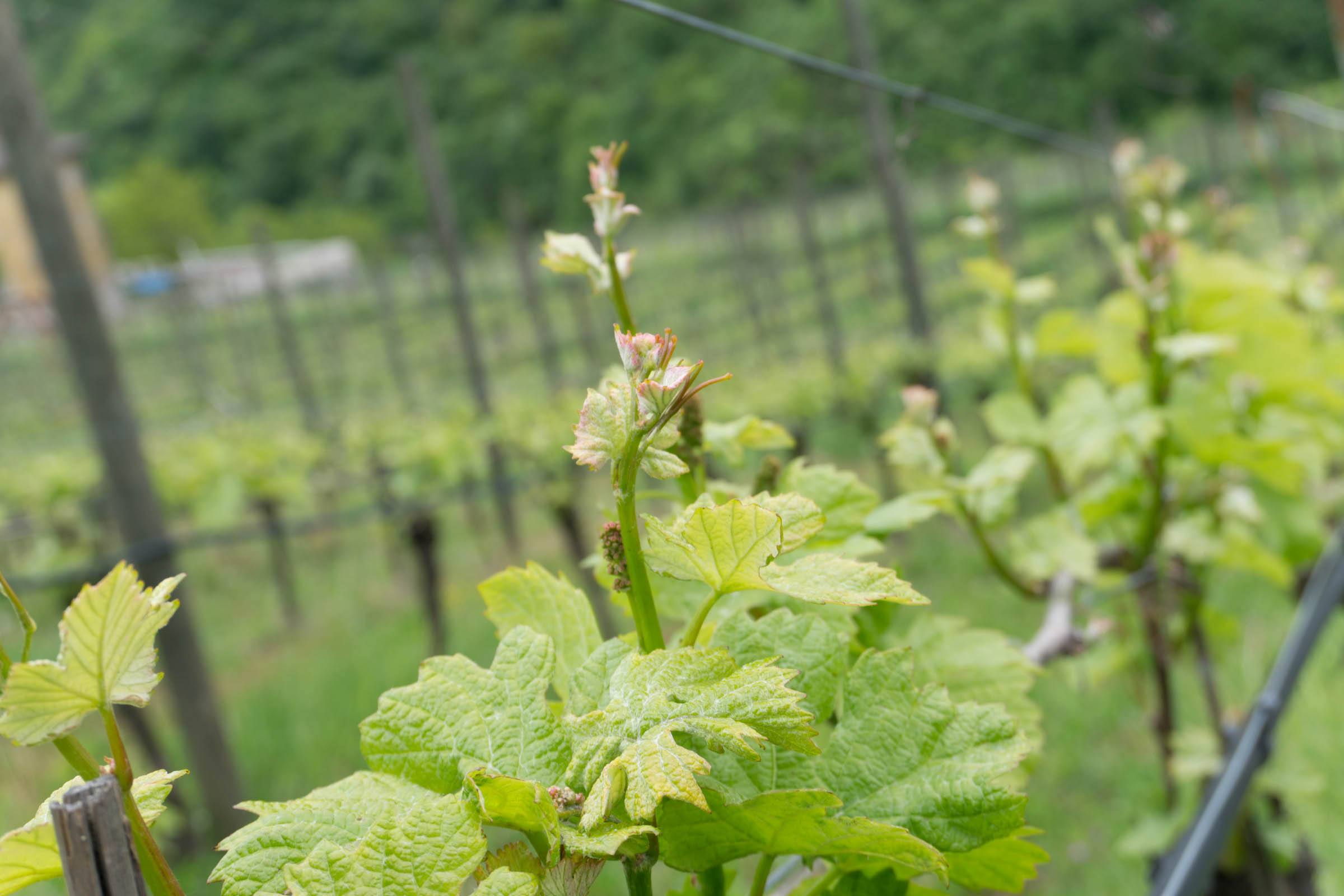
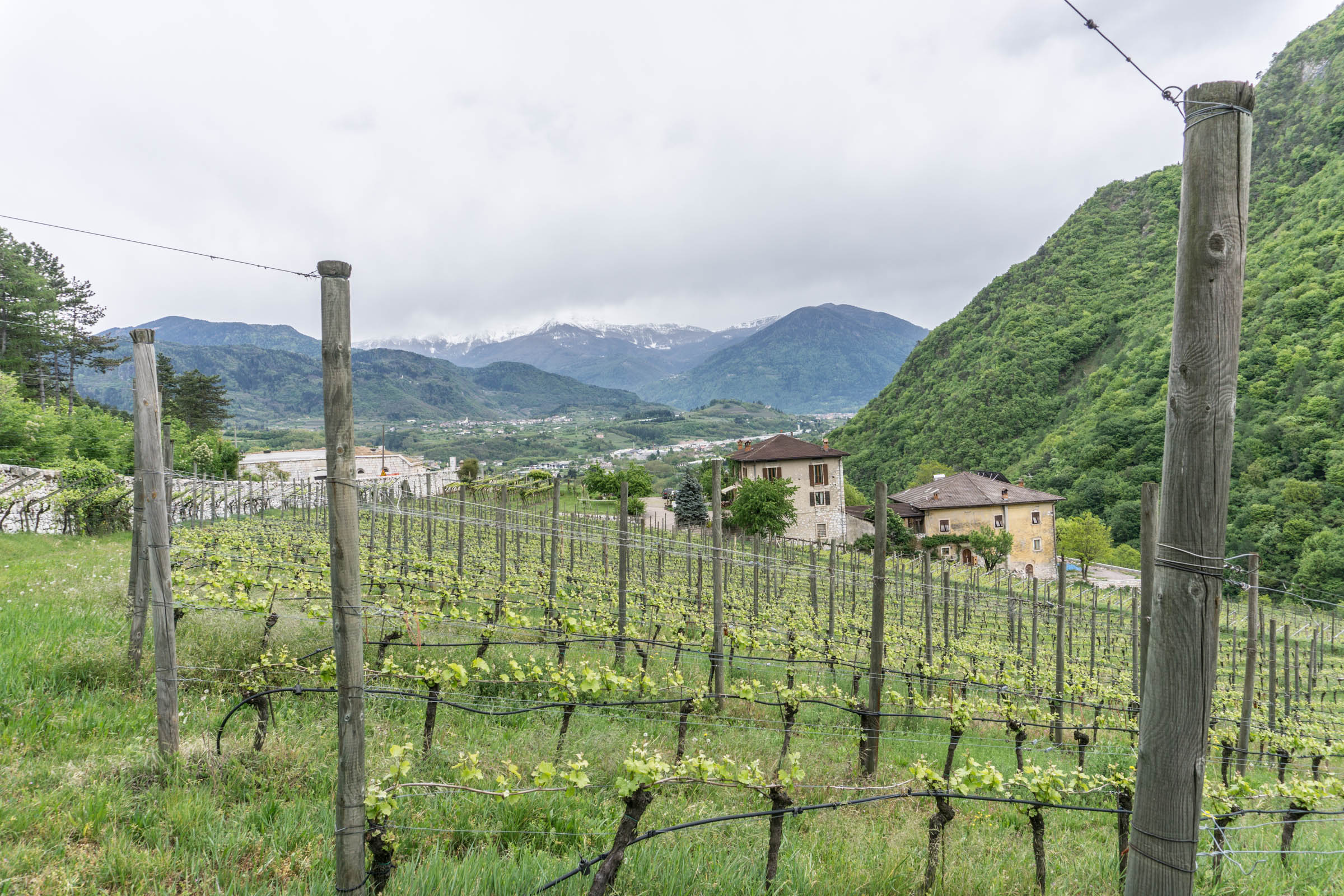
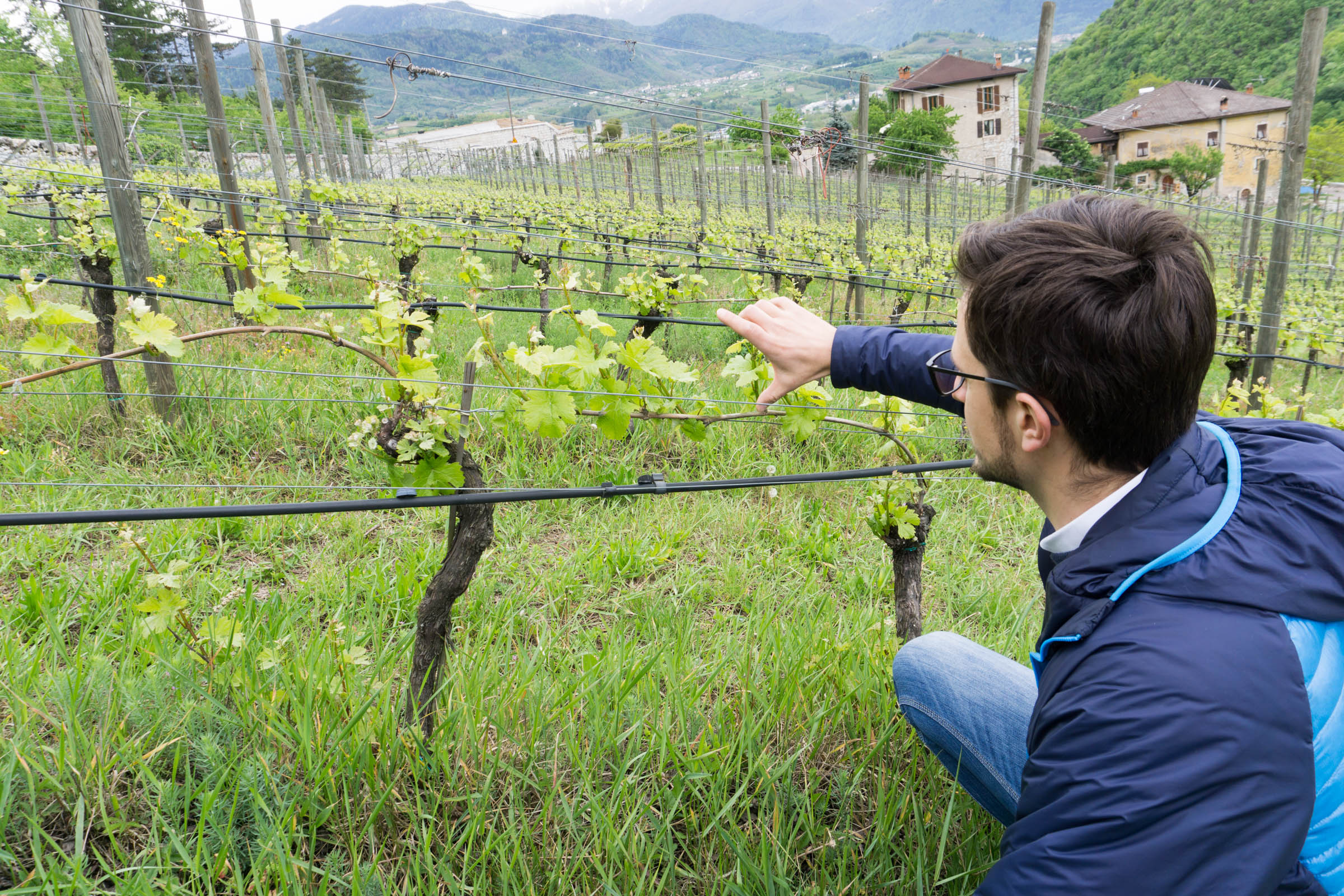
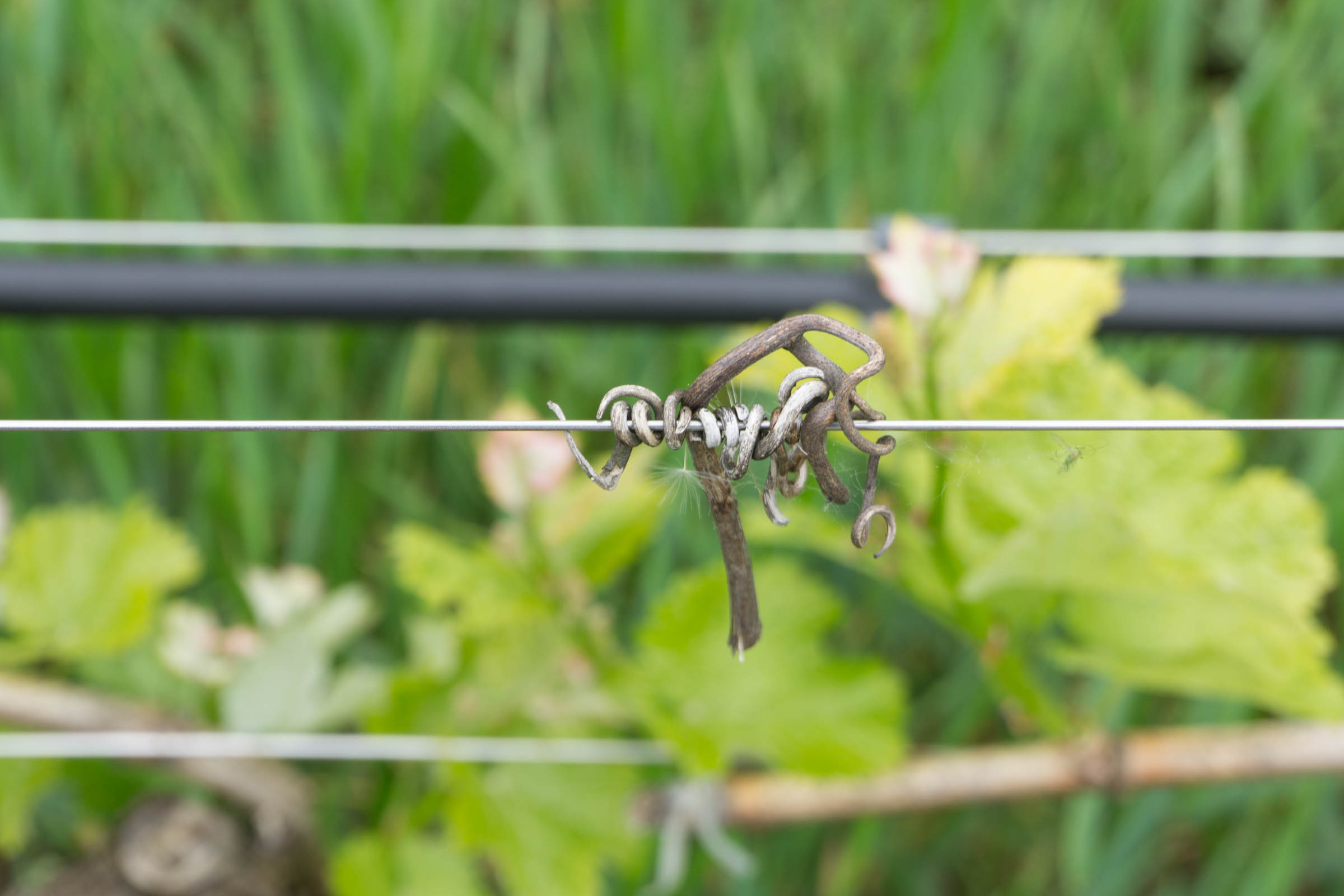
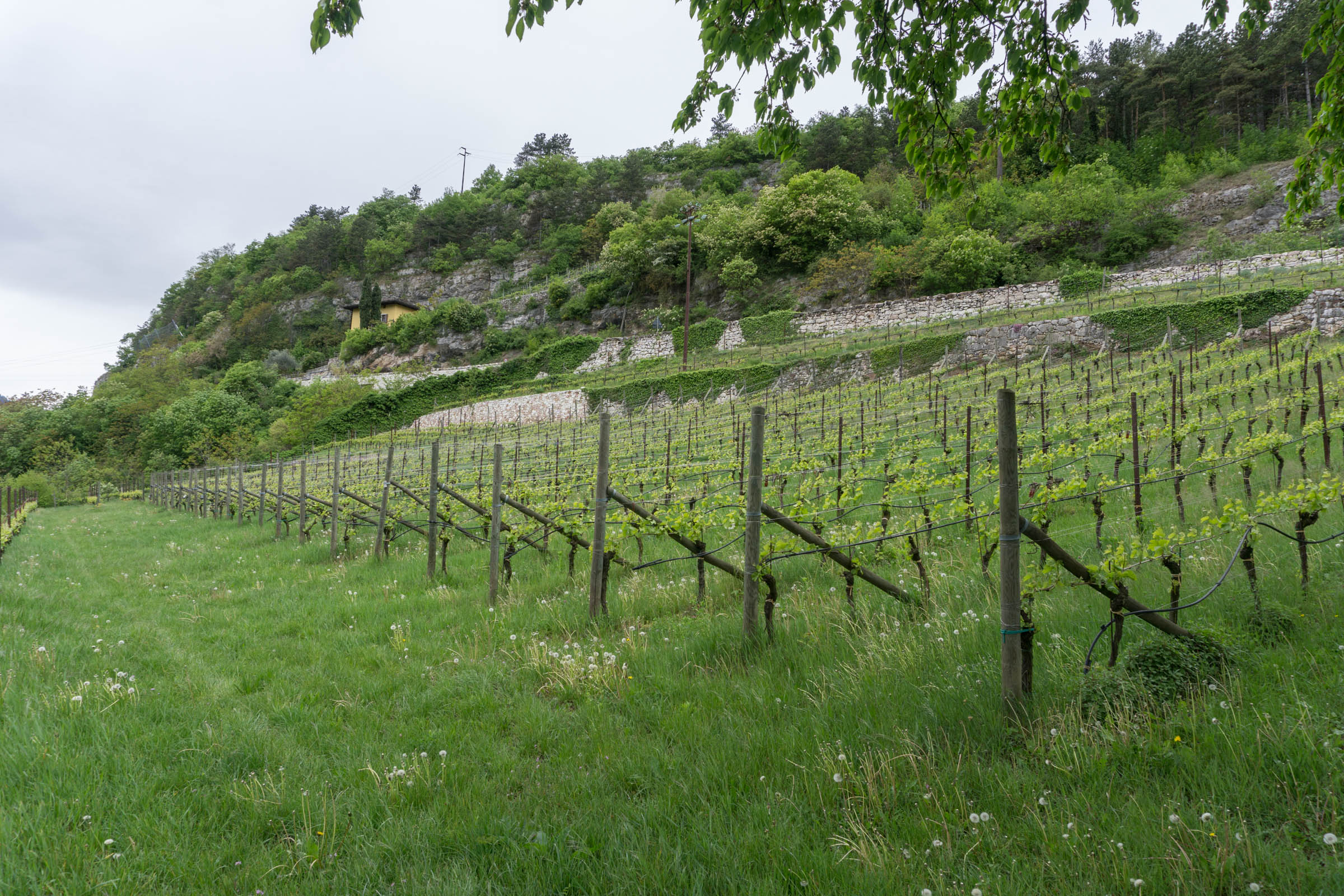
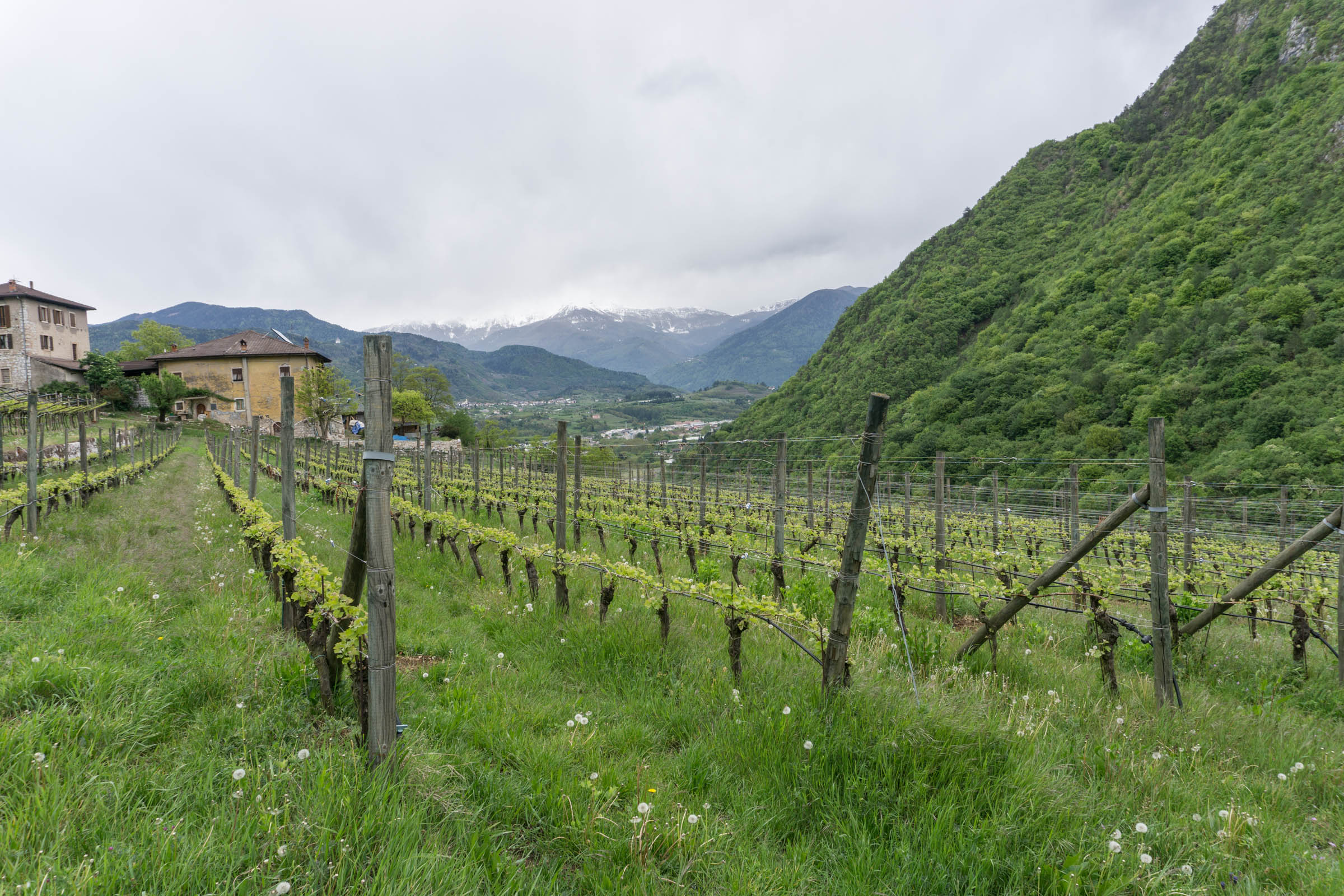
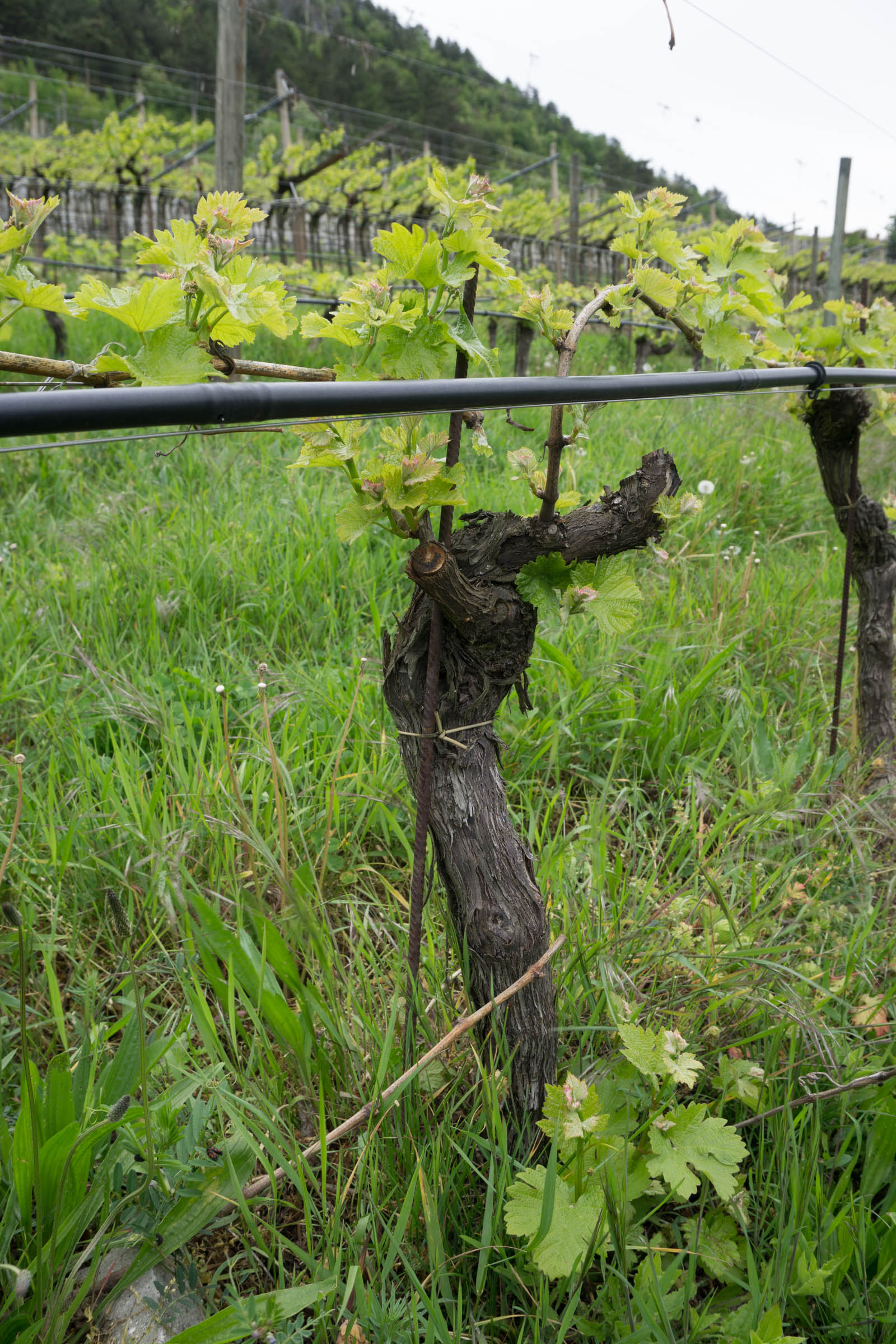
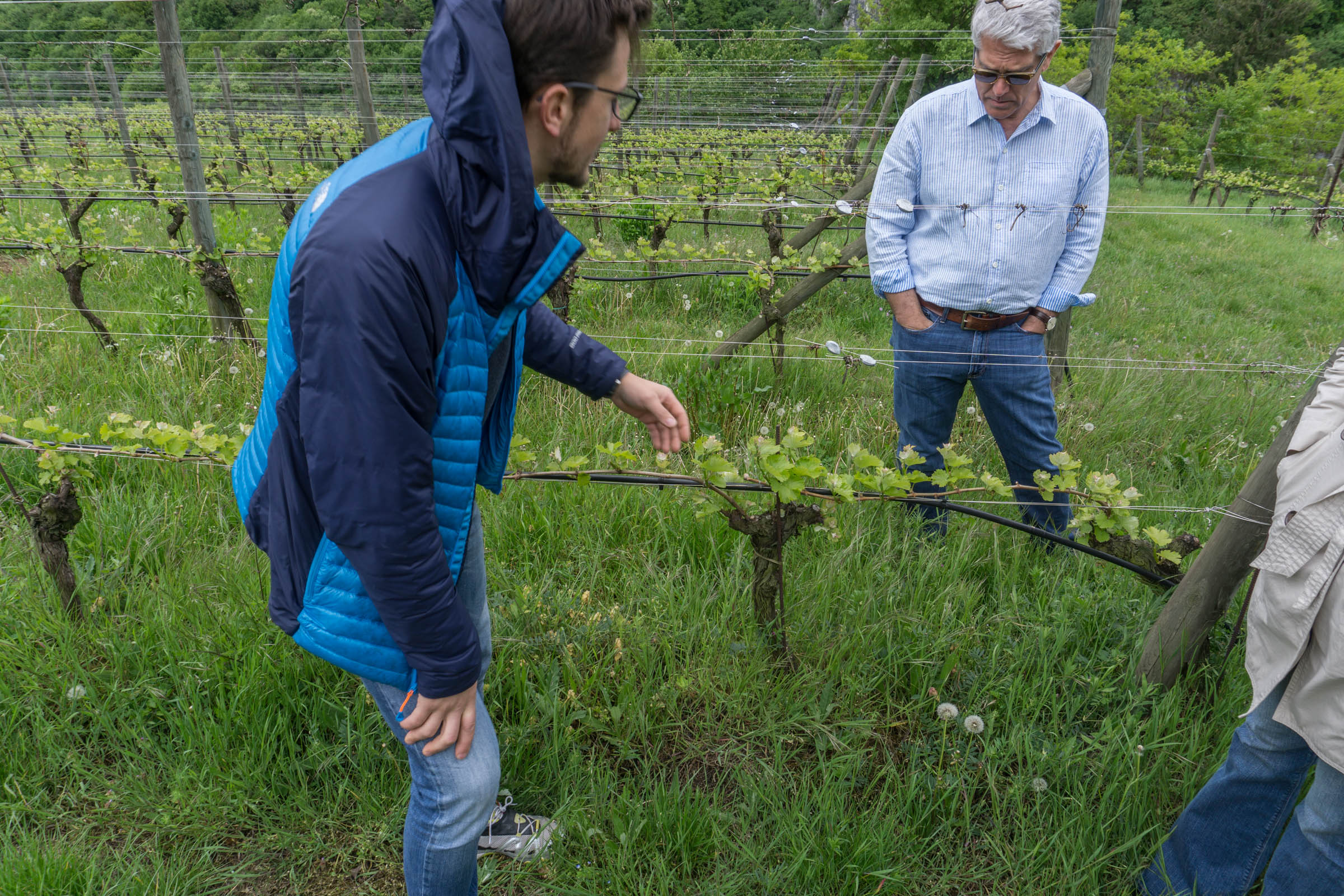
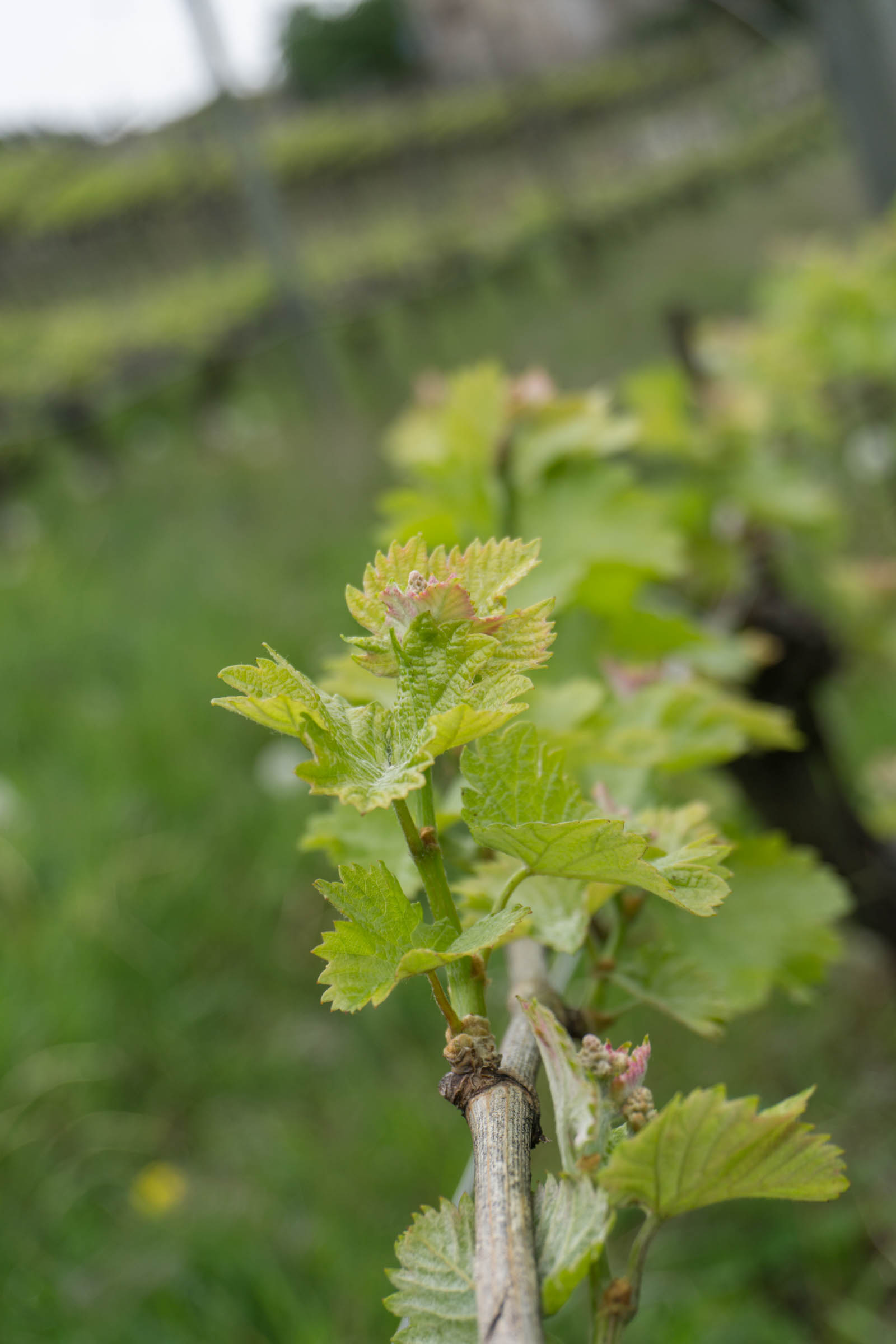
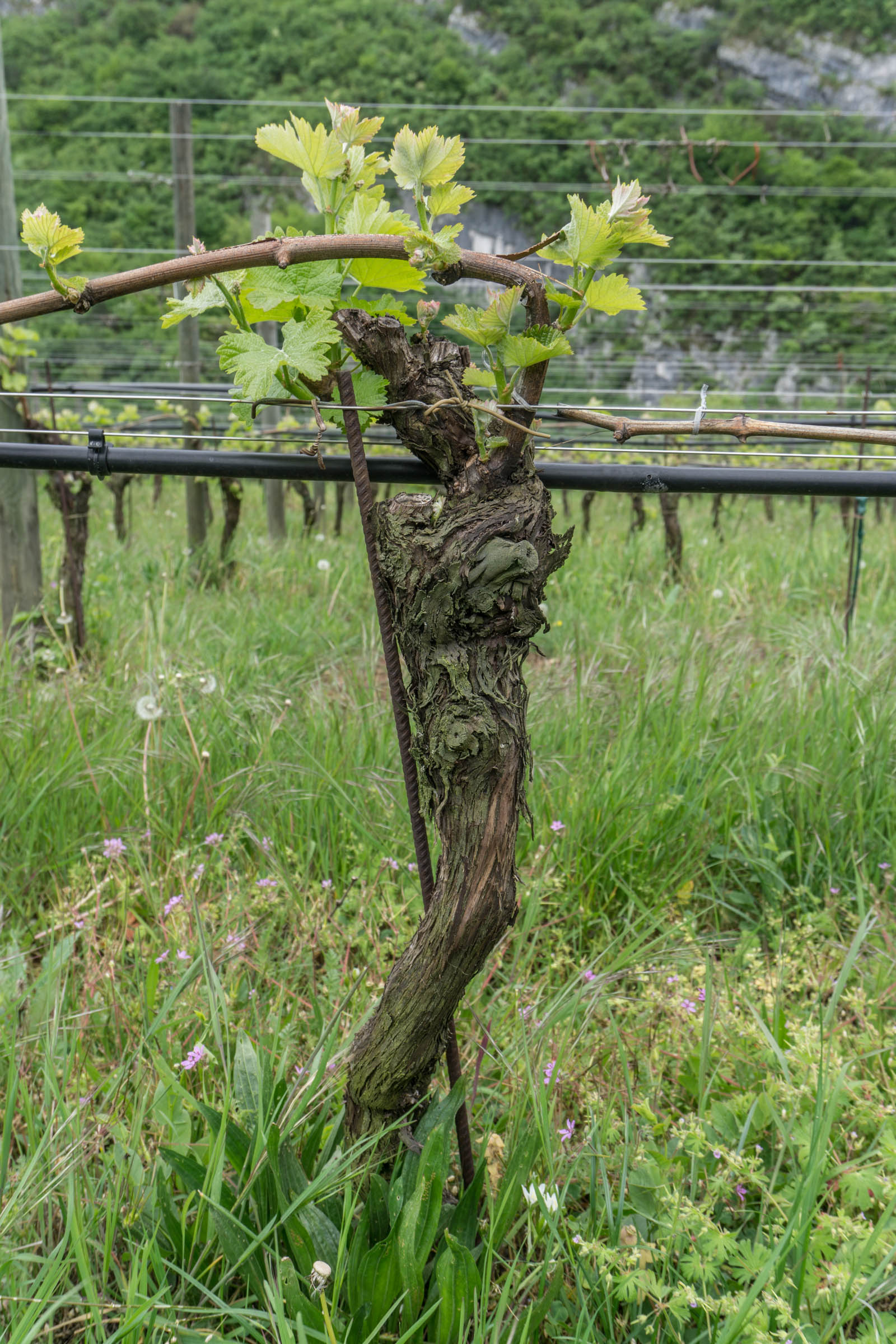
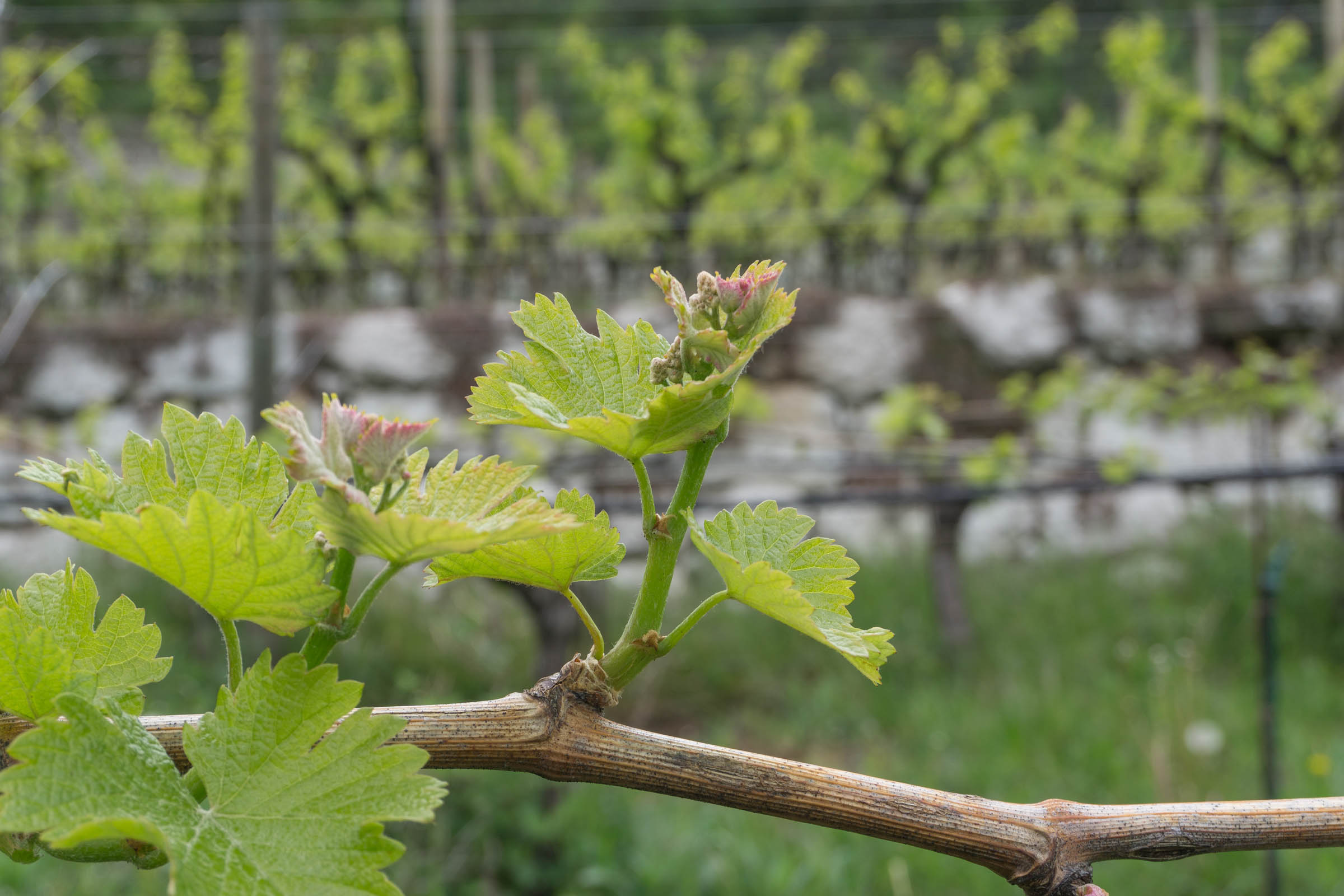
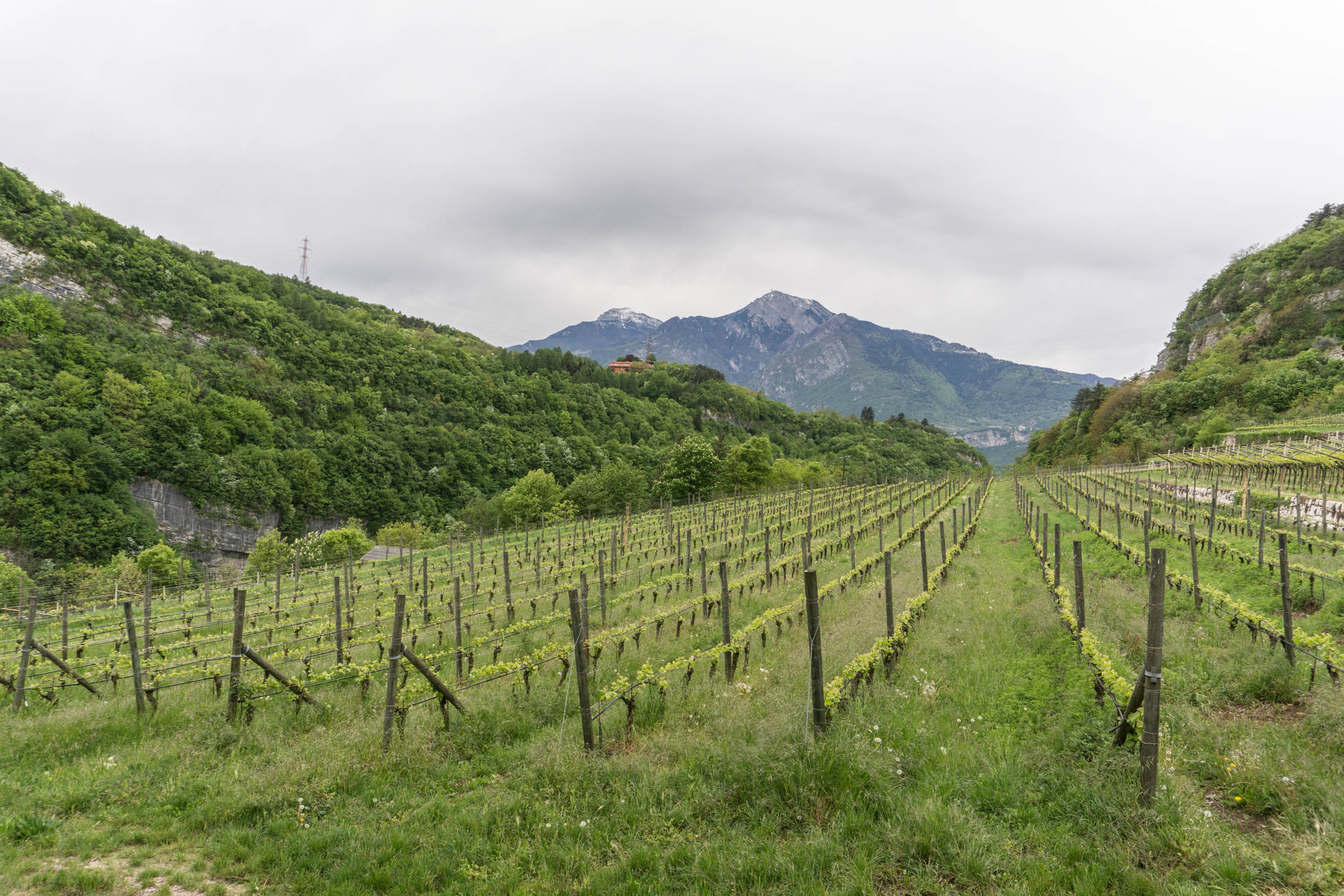
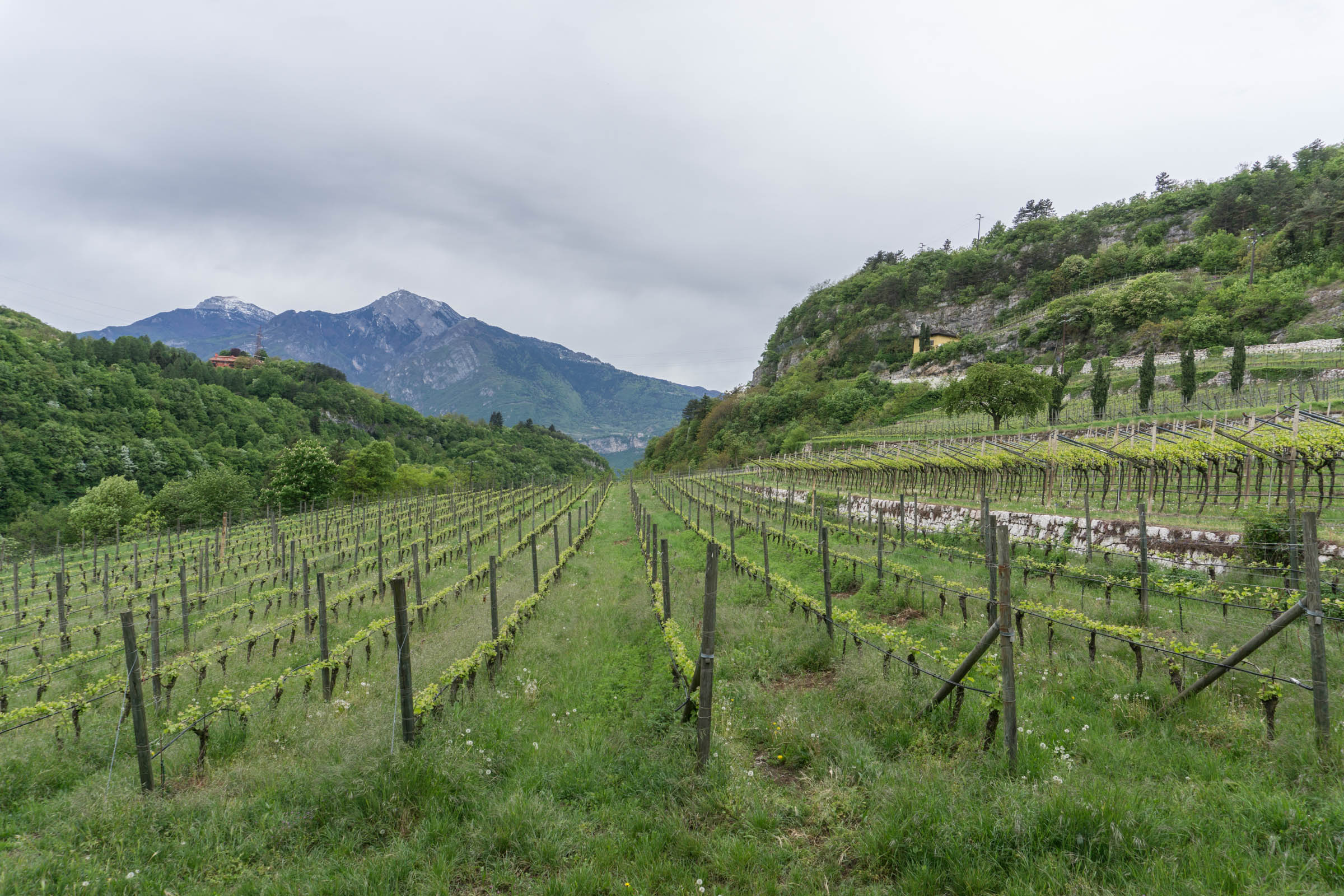
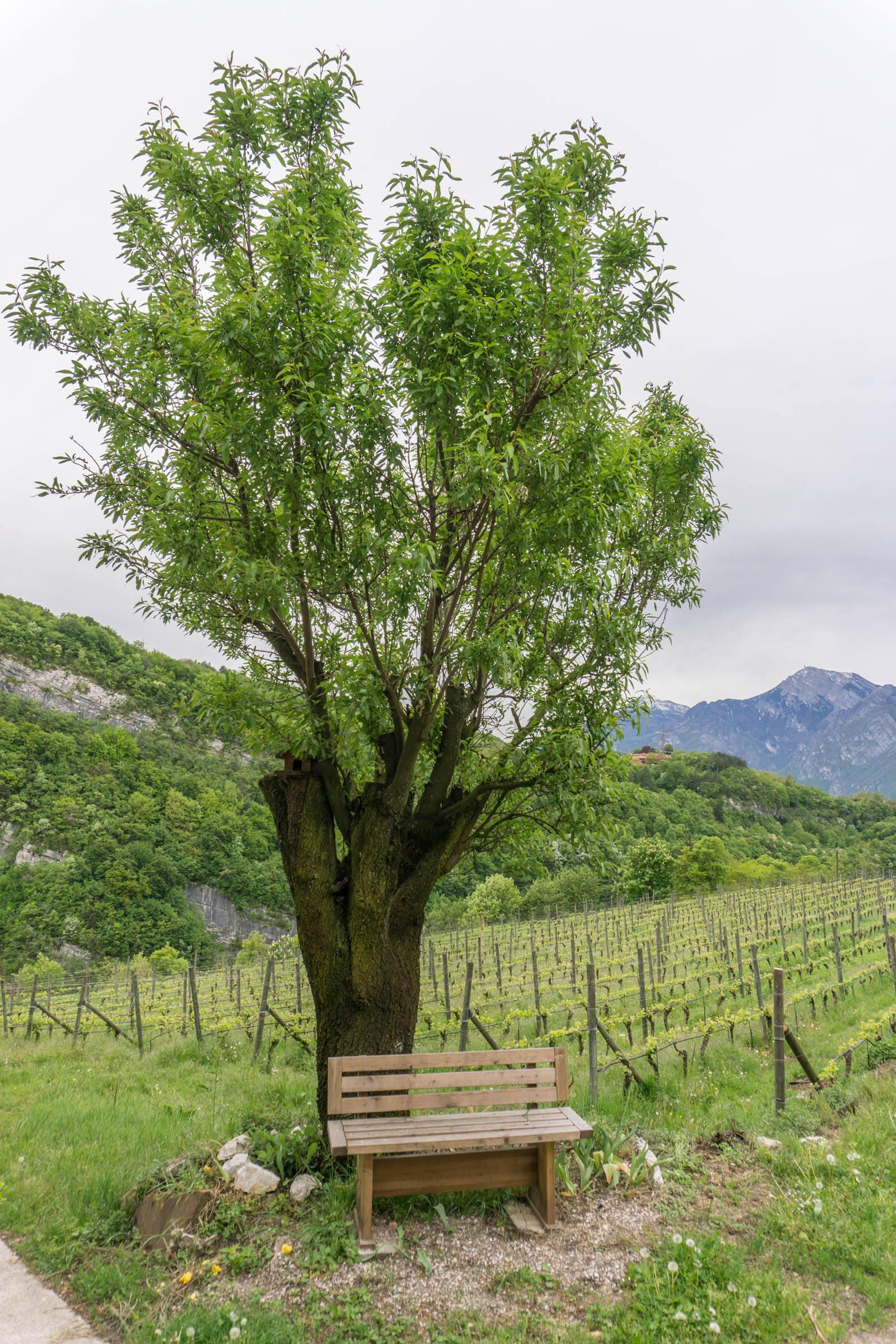
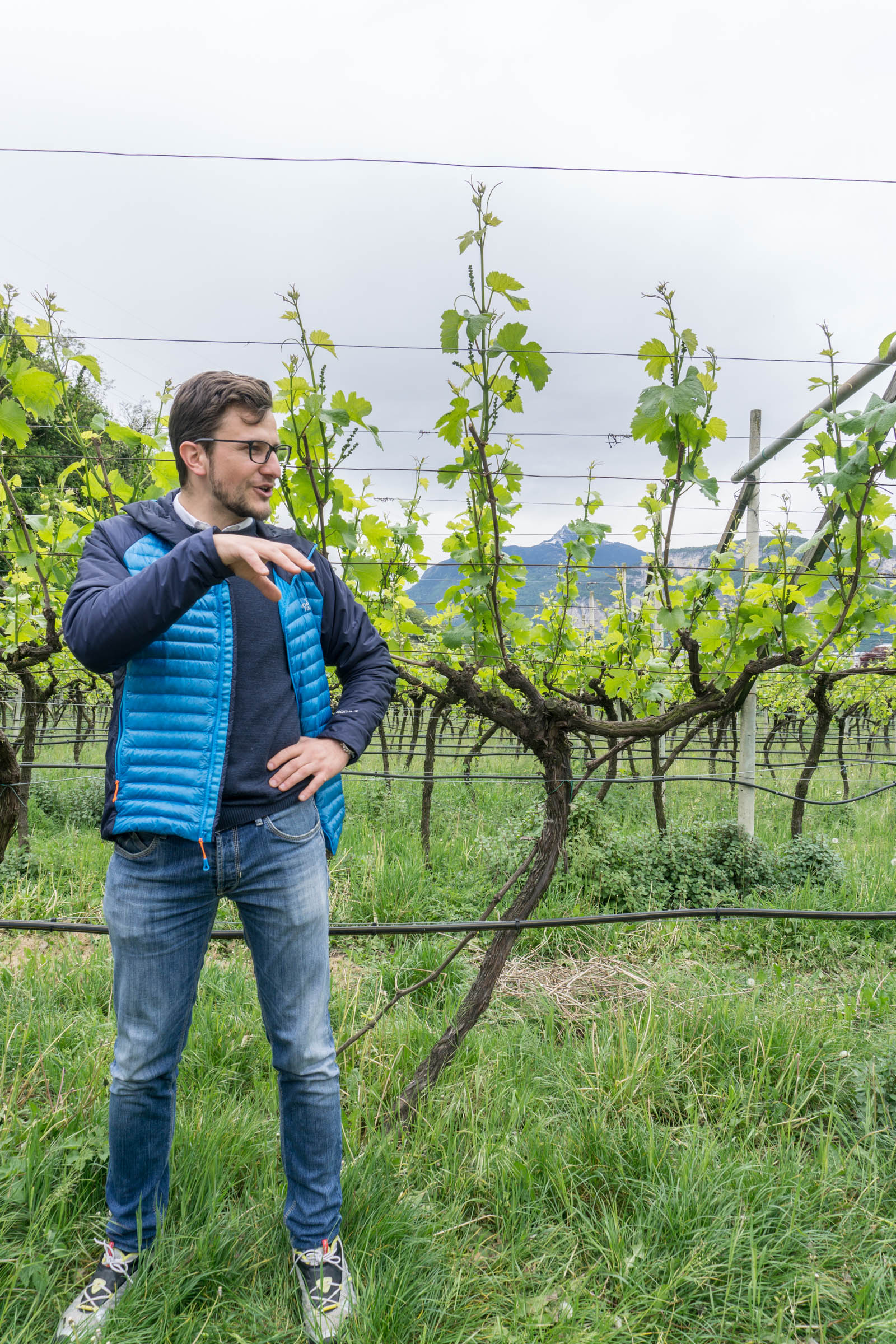
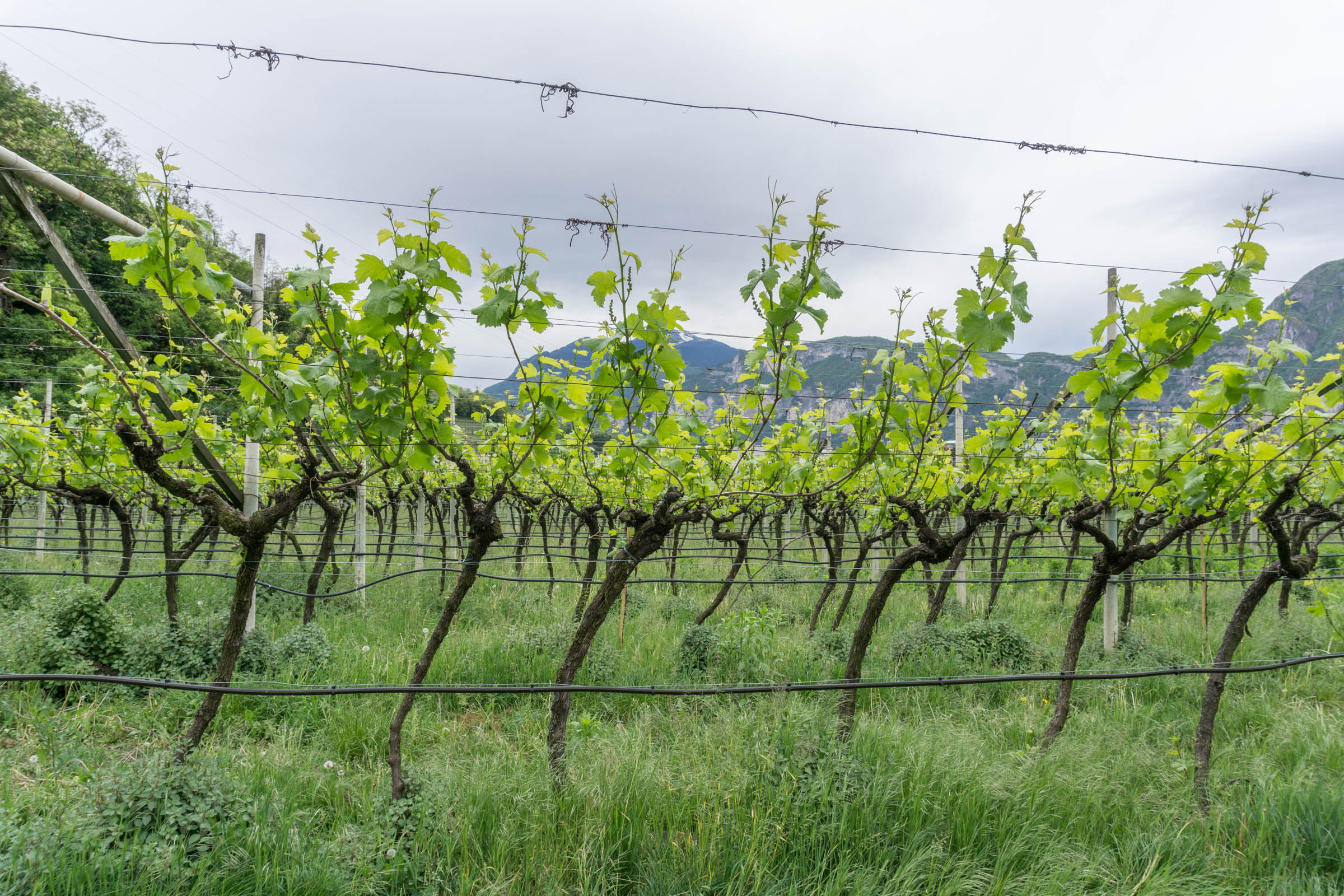
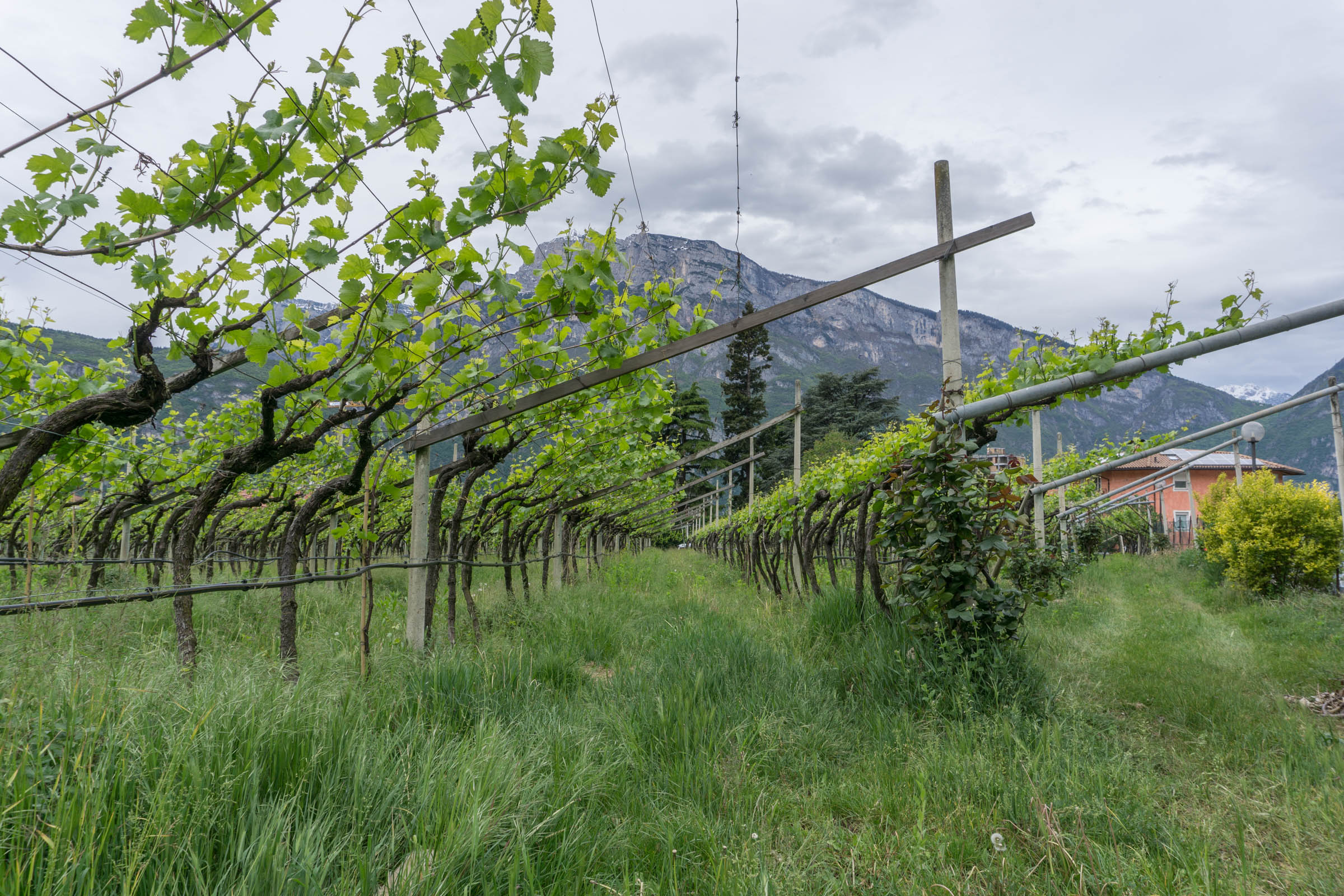
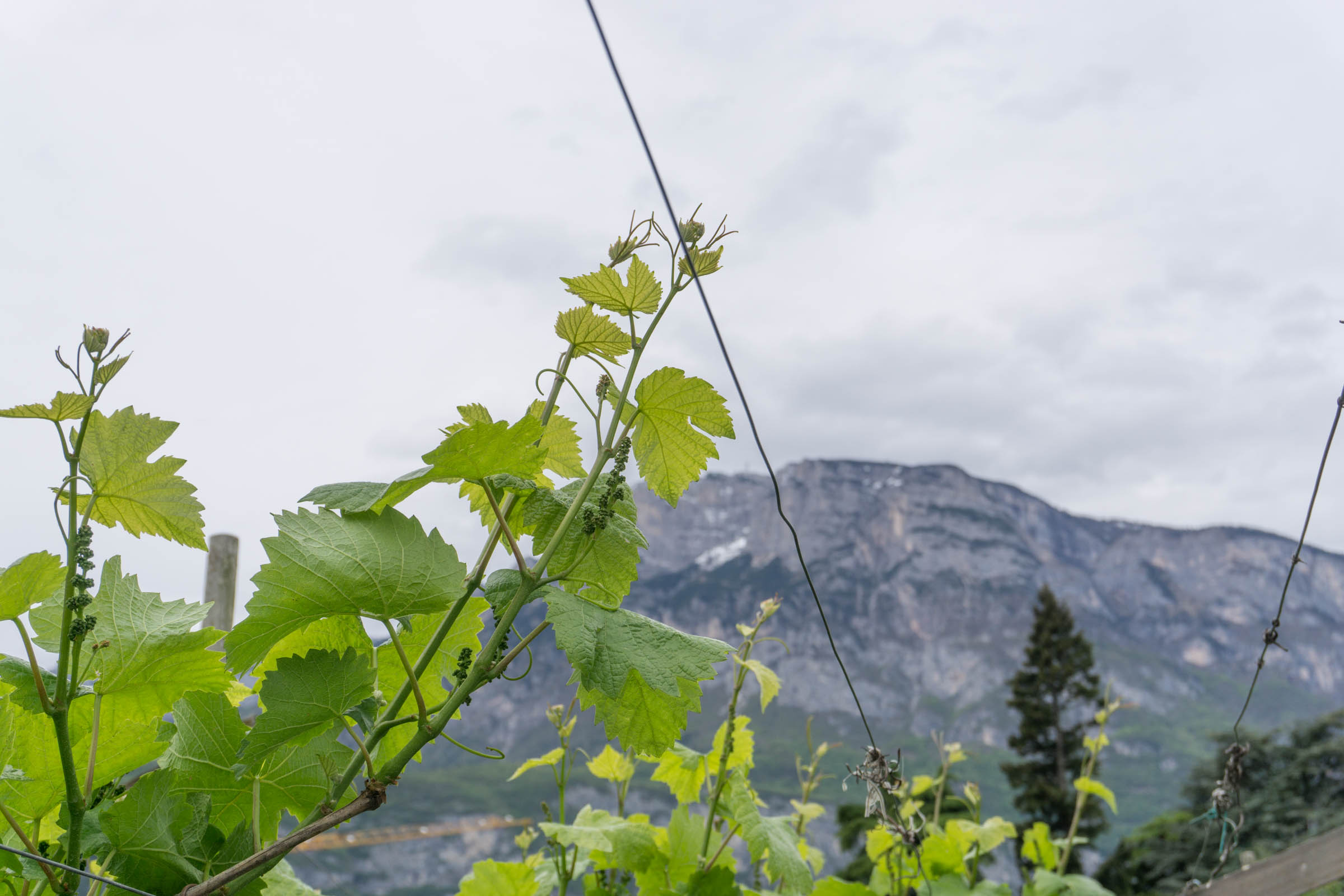
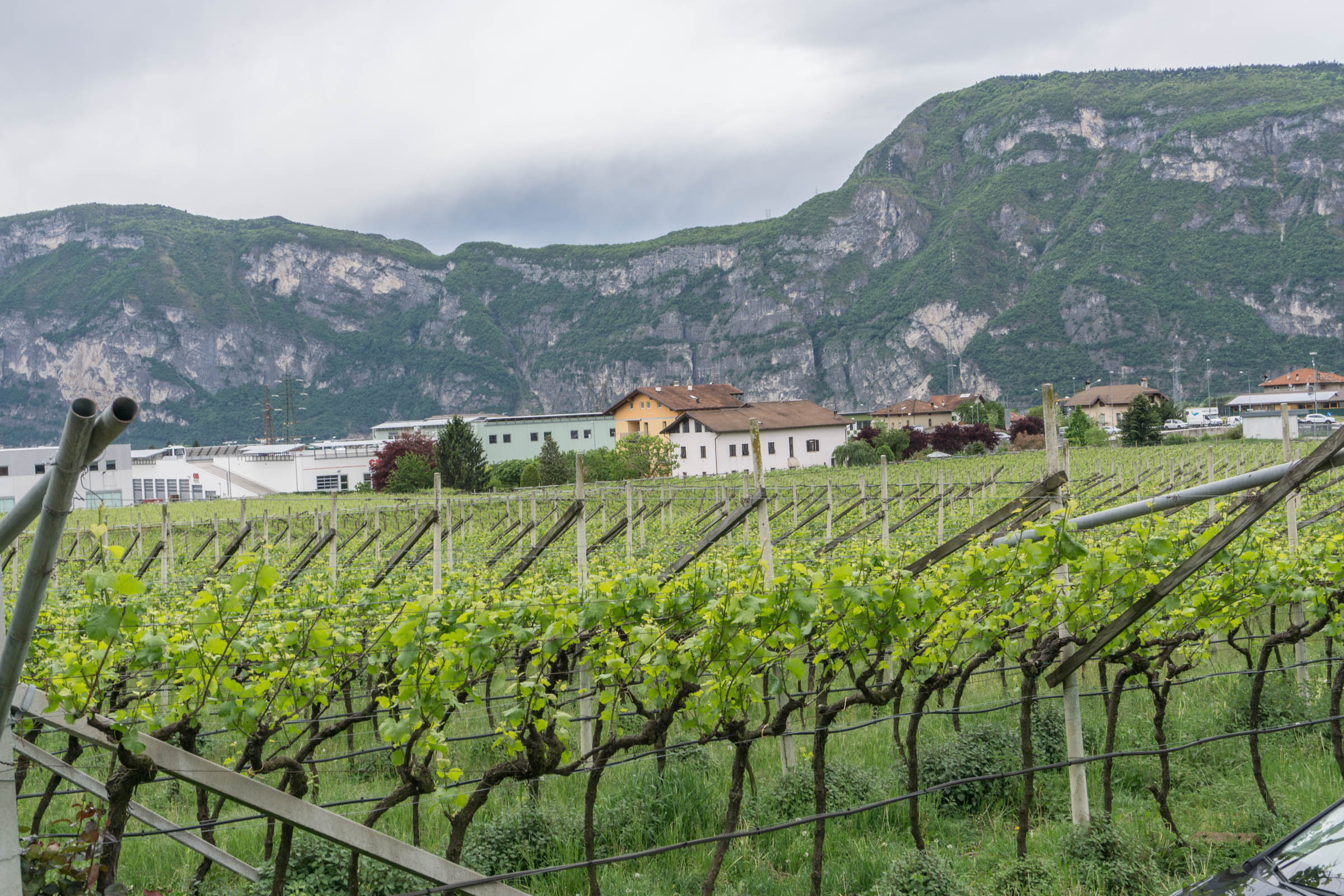
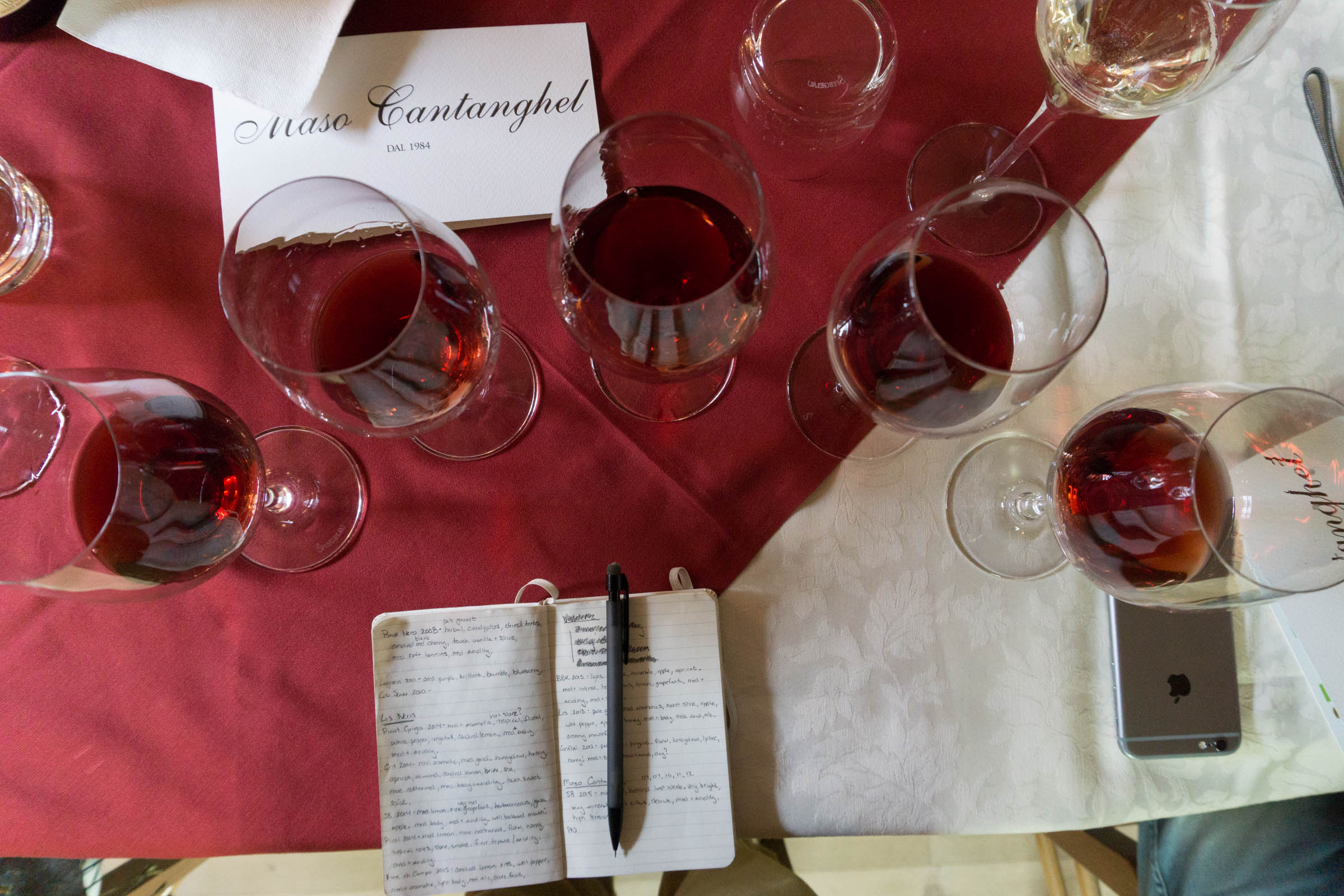
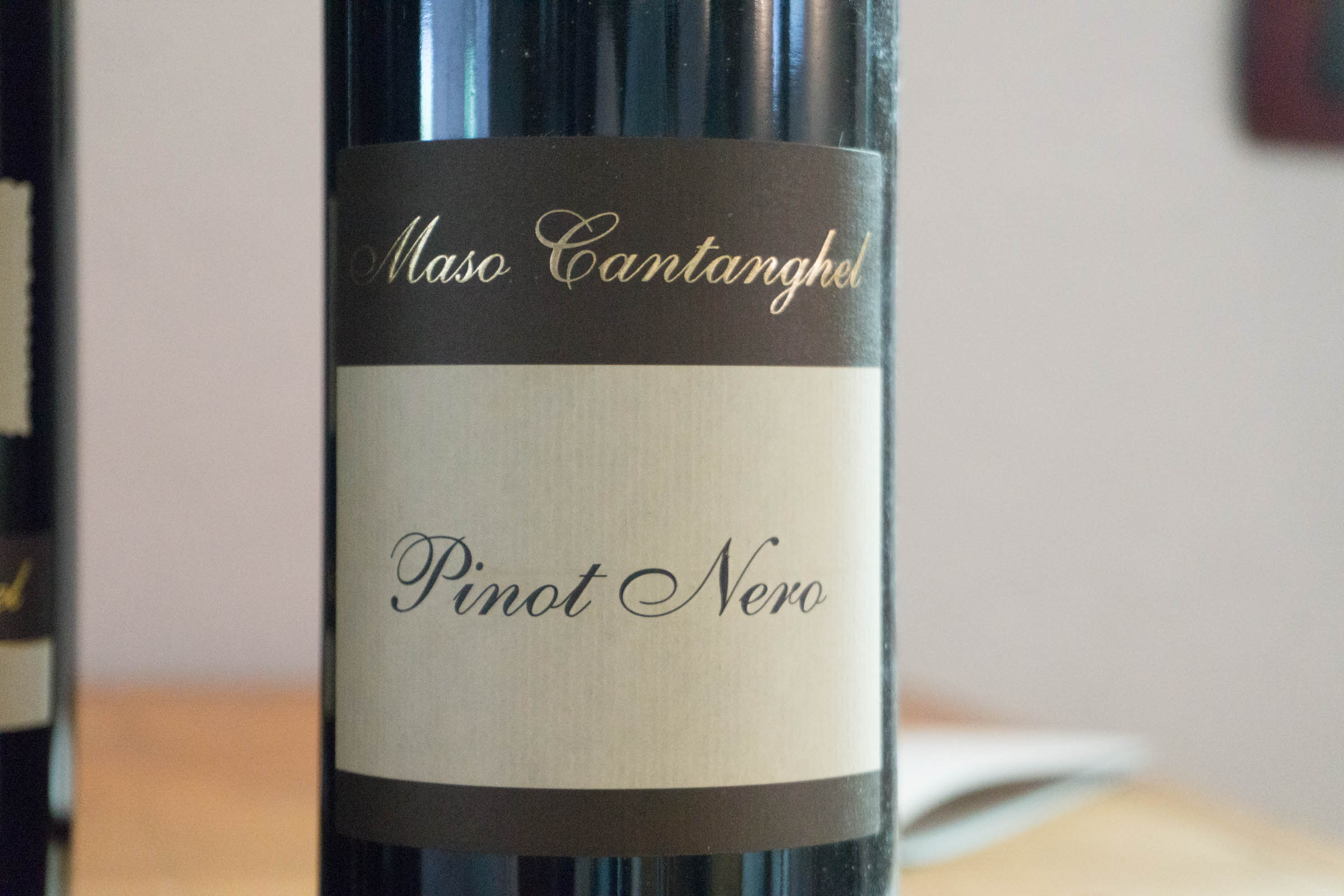
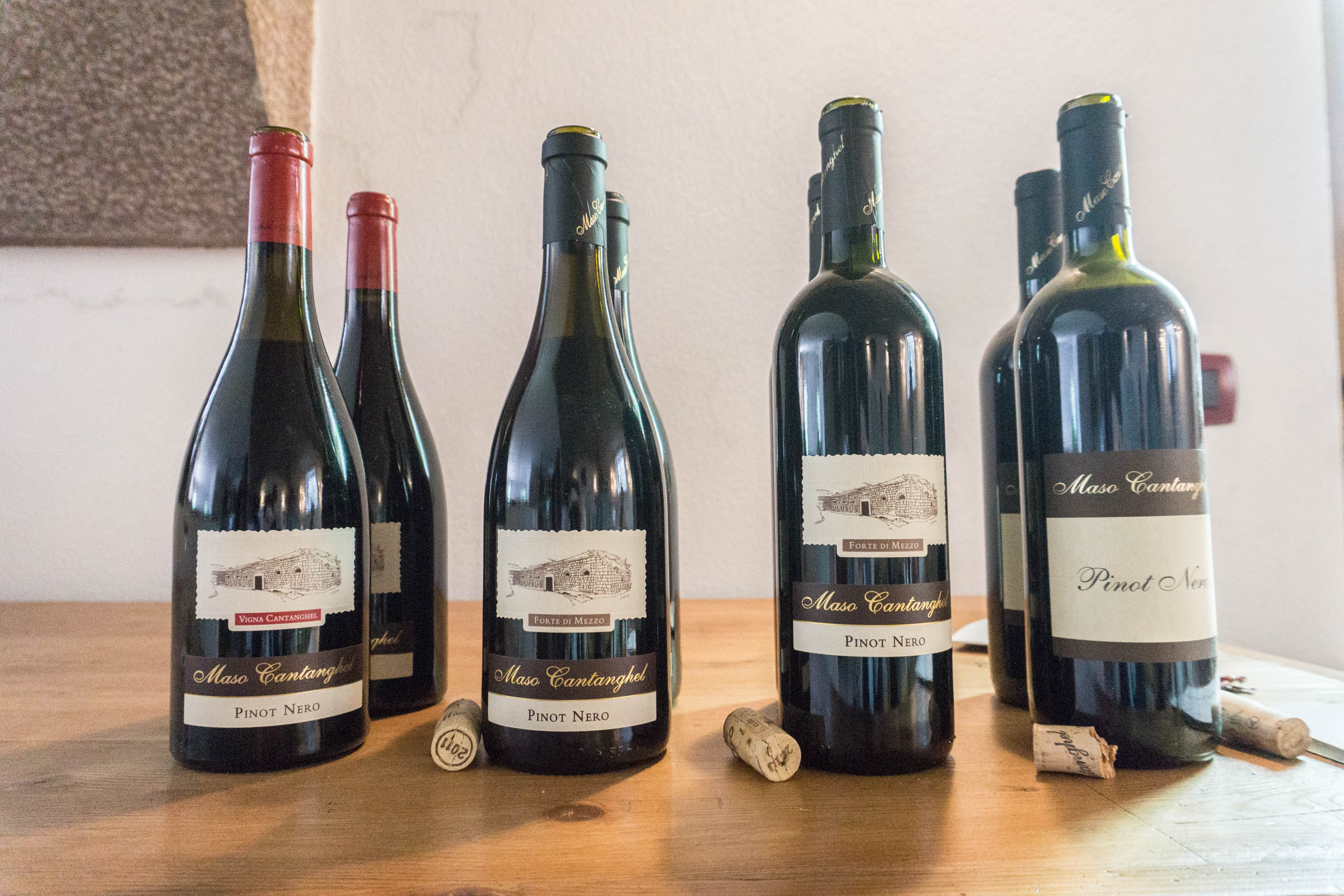

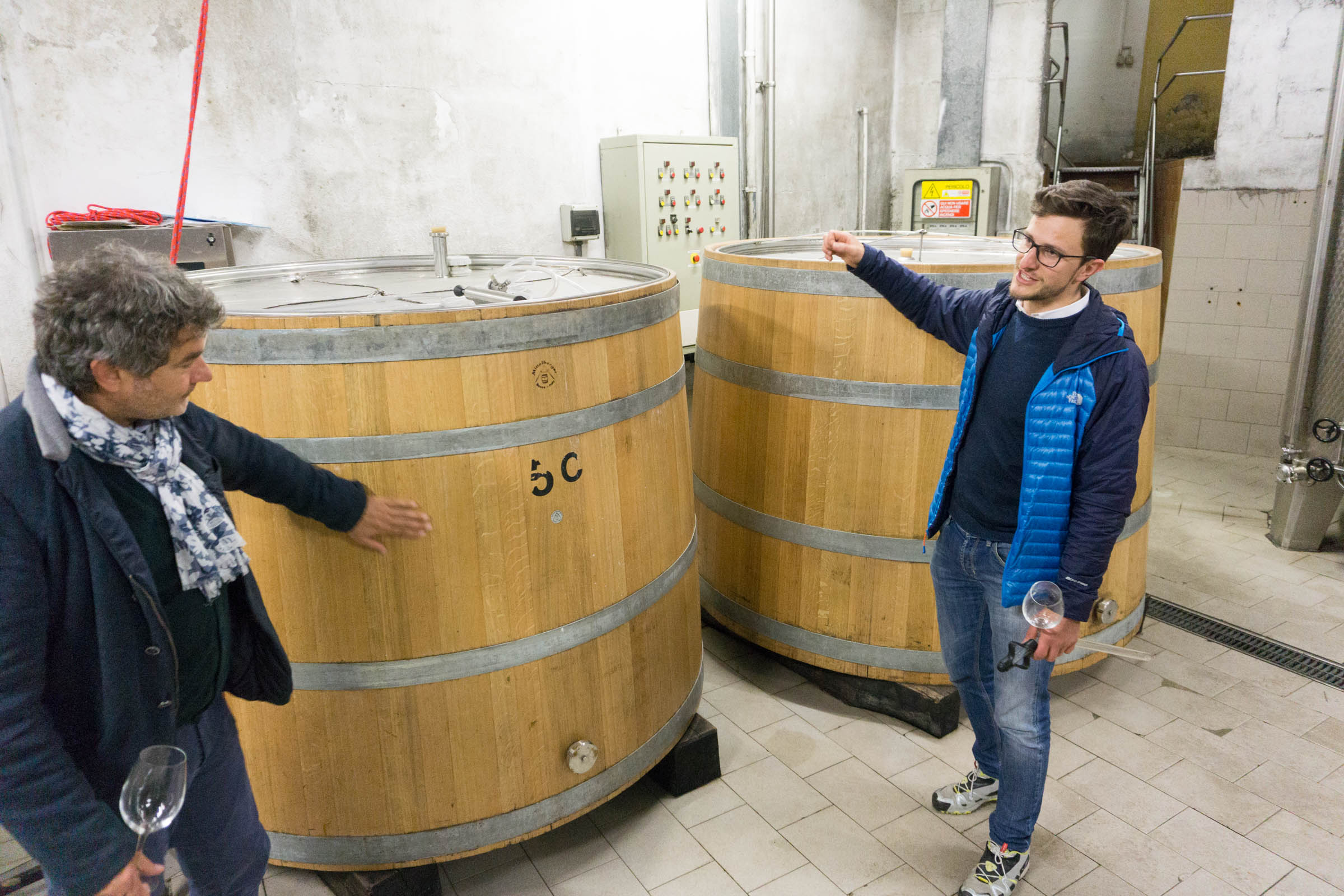
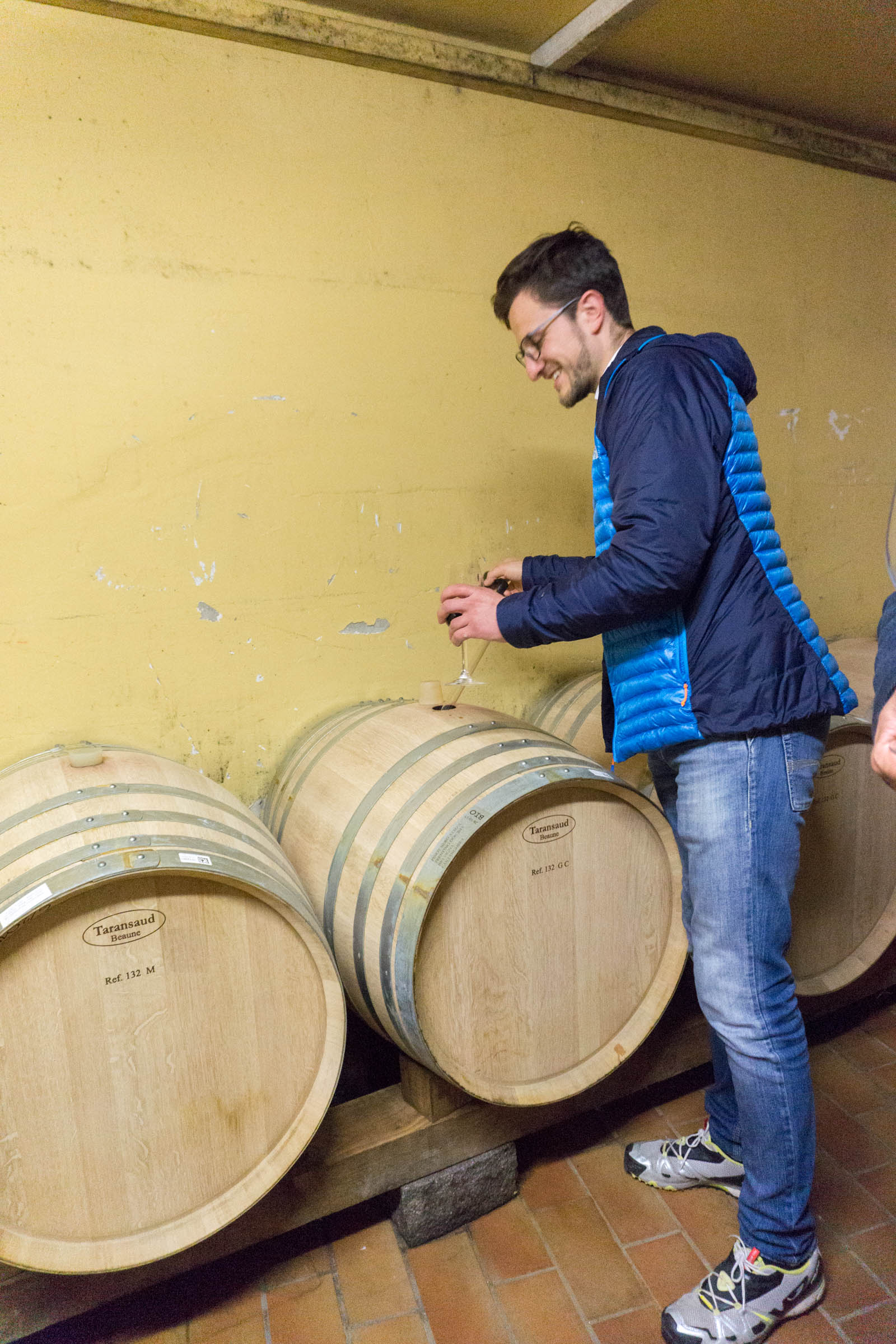
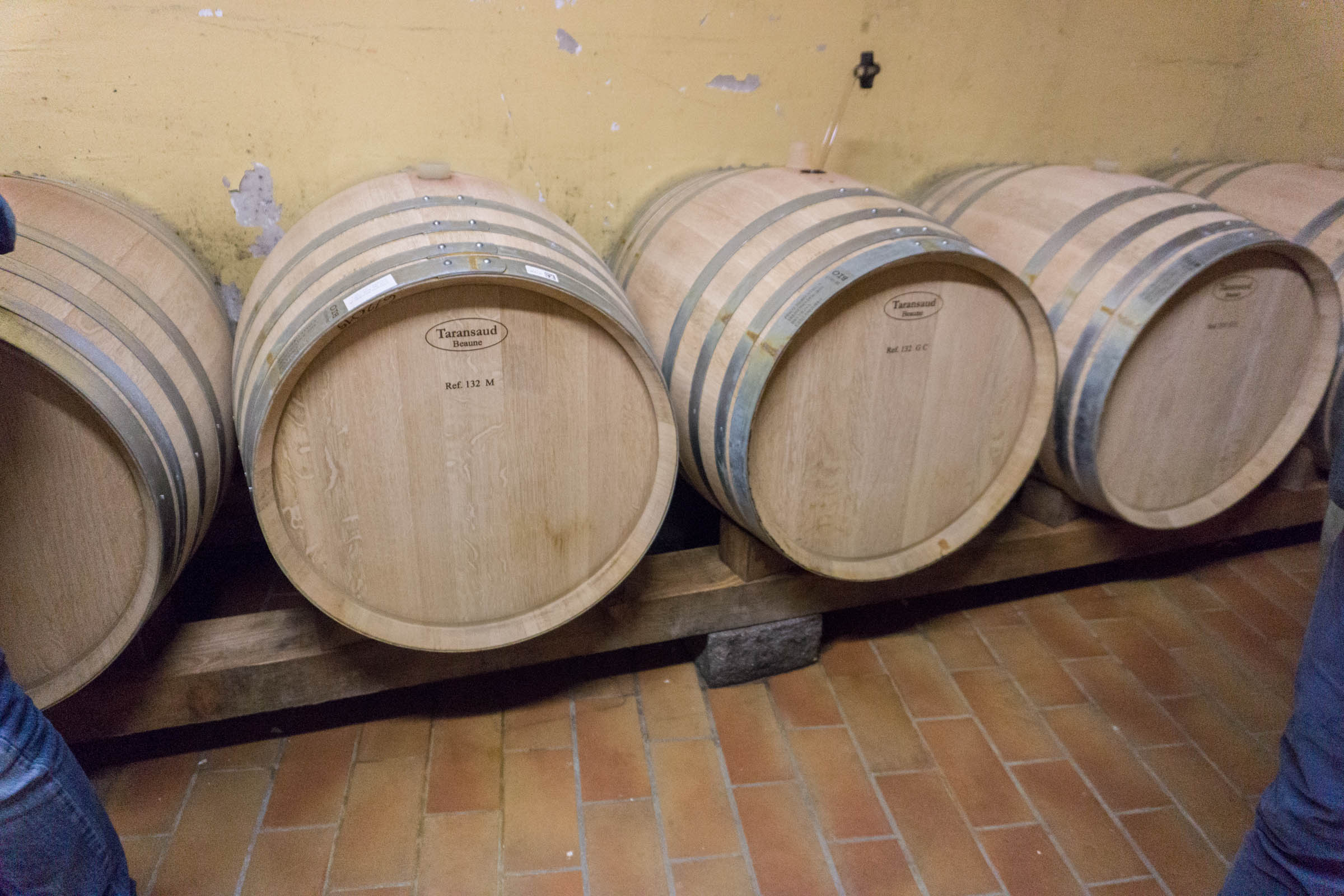

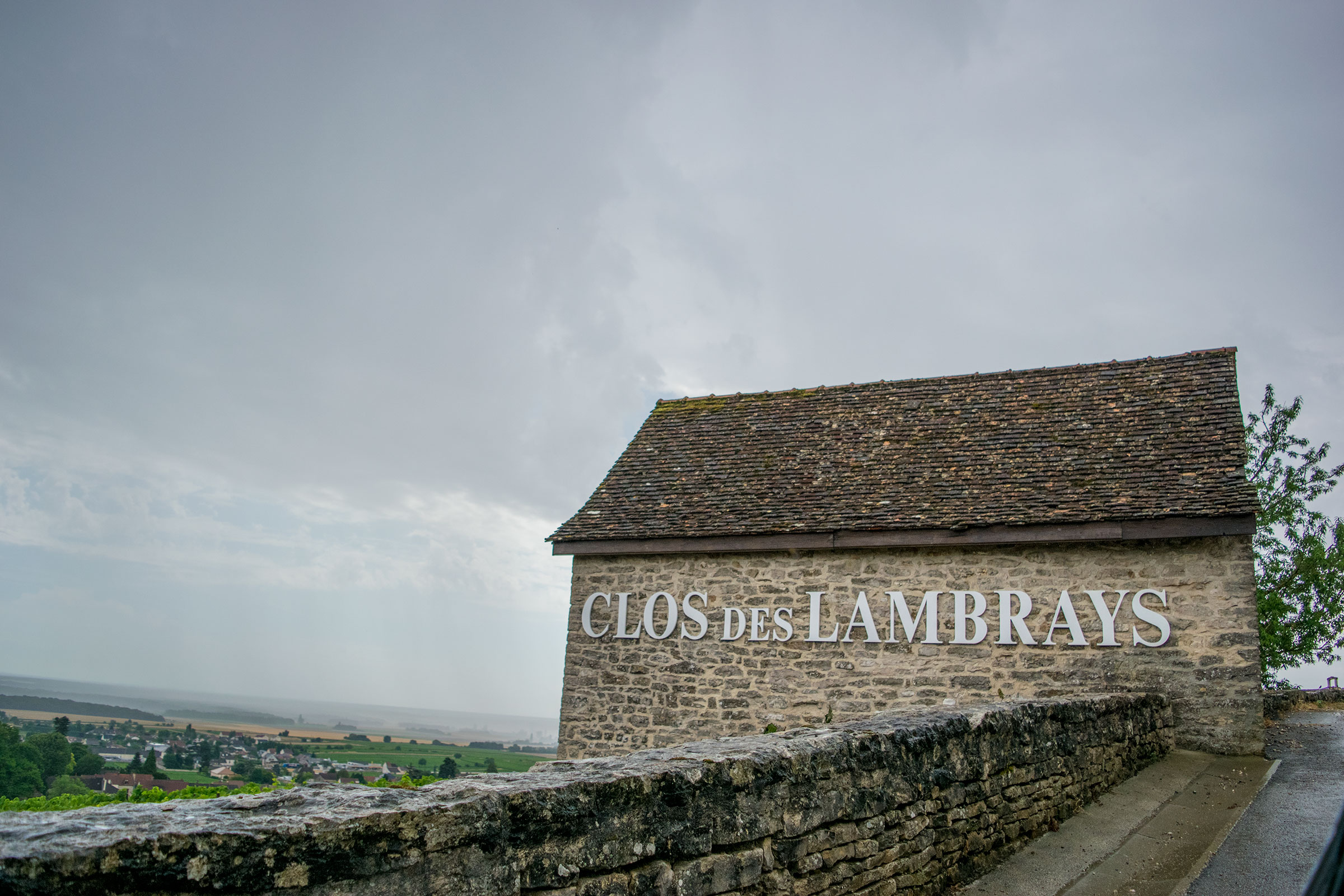
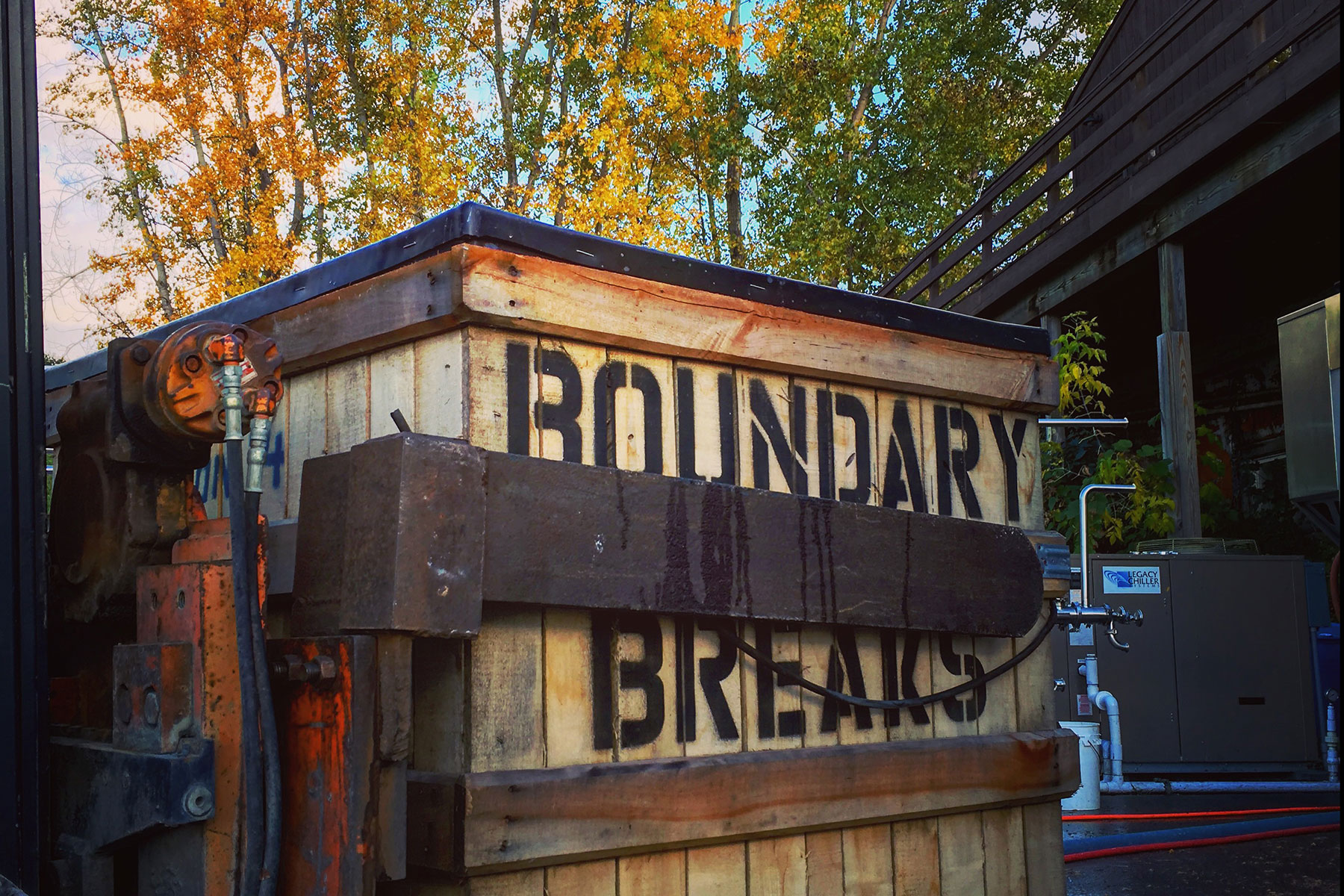
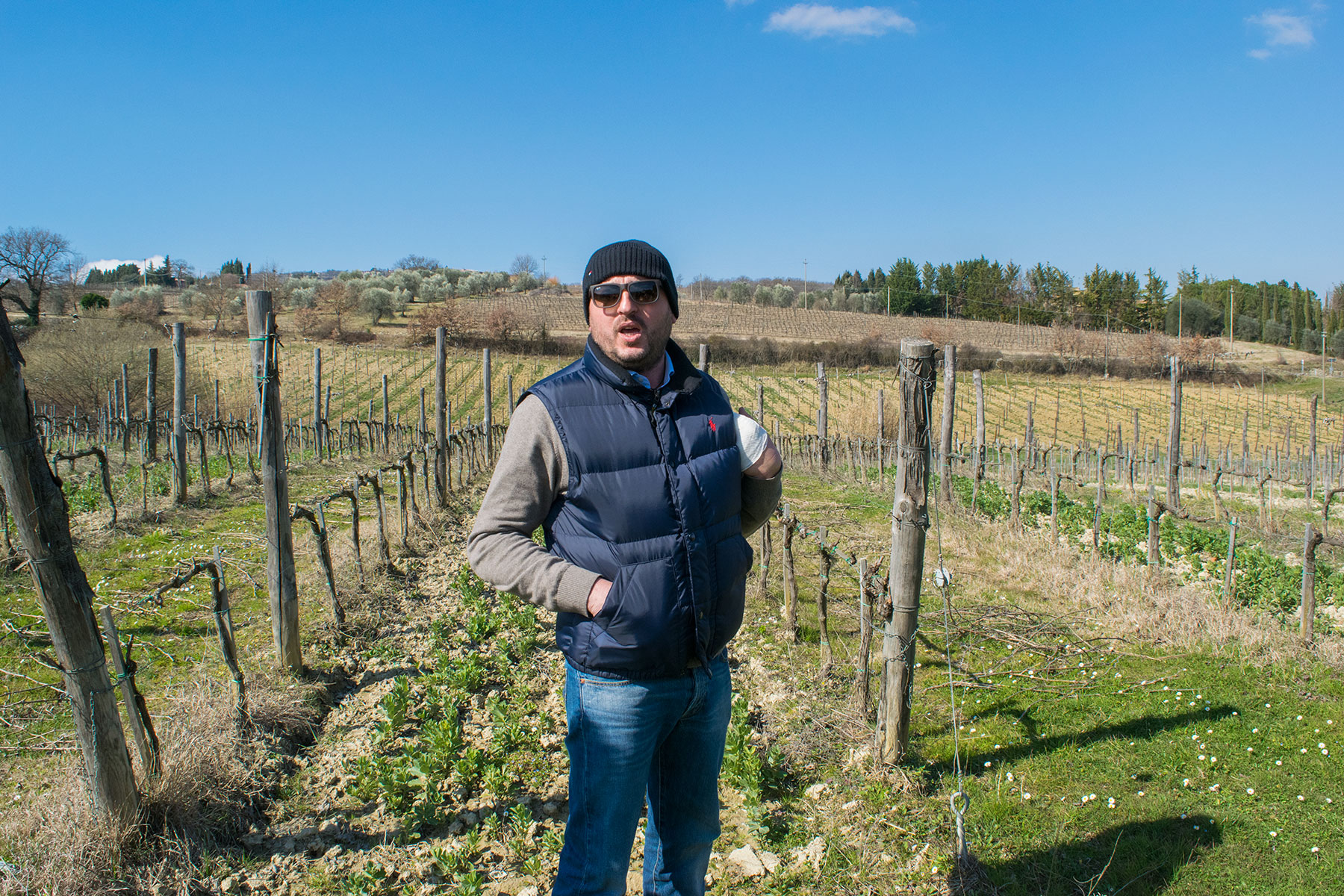
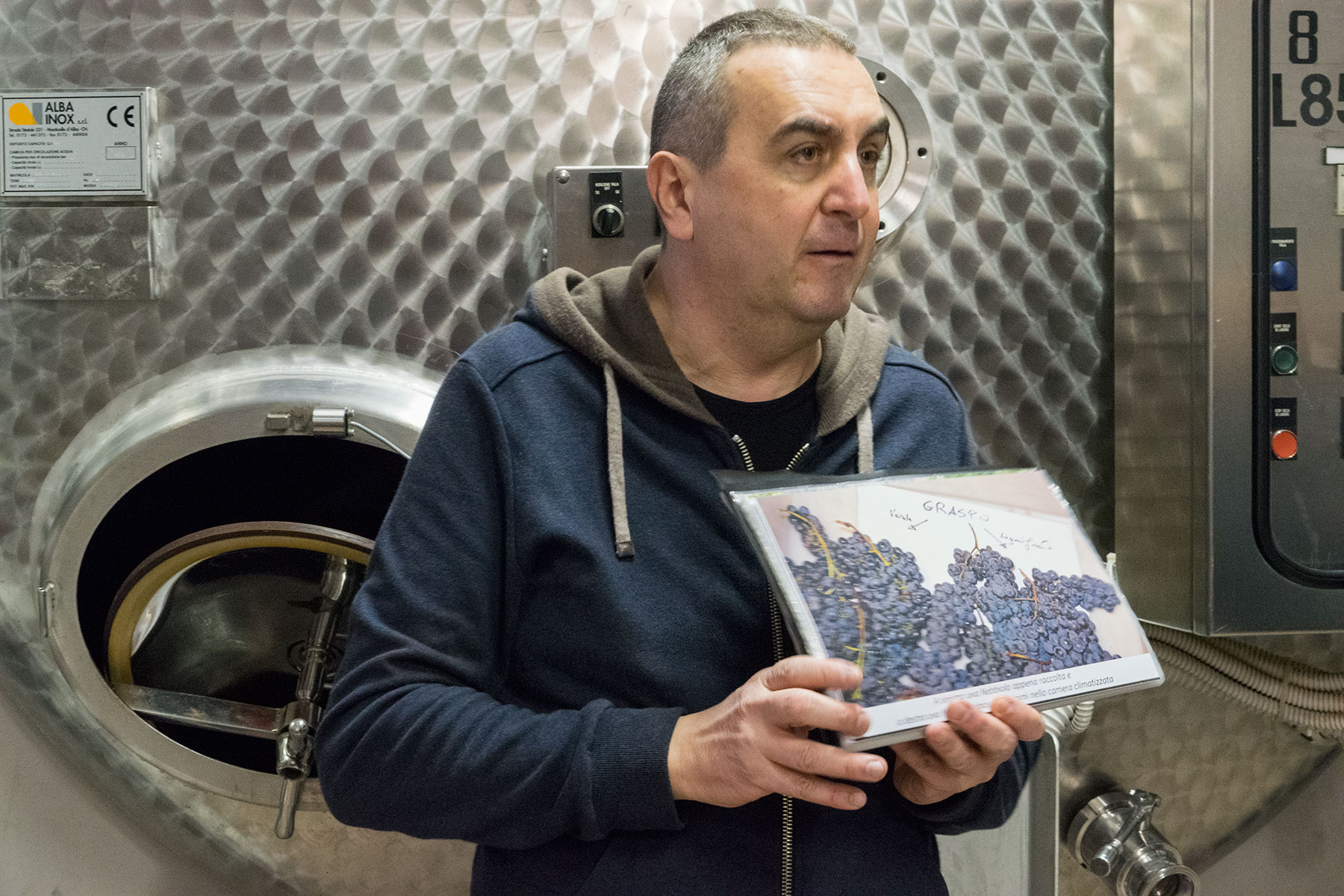
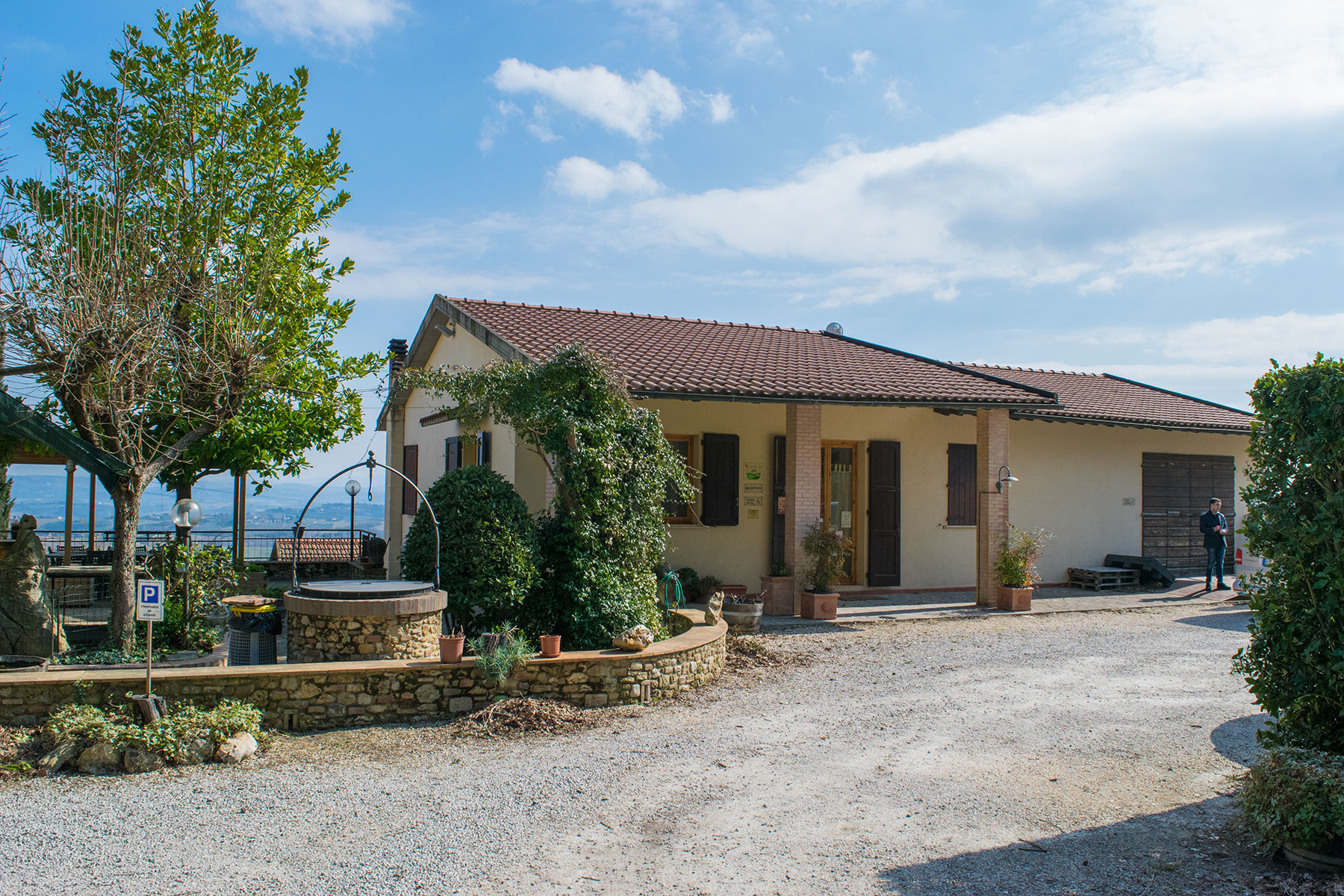
Leave A Comment
You must be logged in to post a comment.